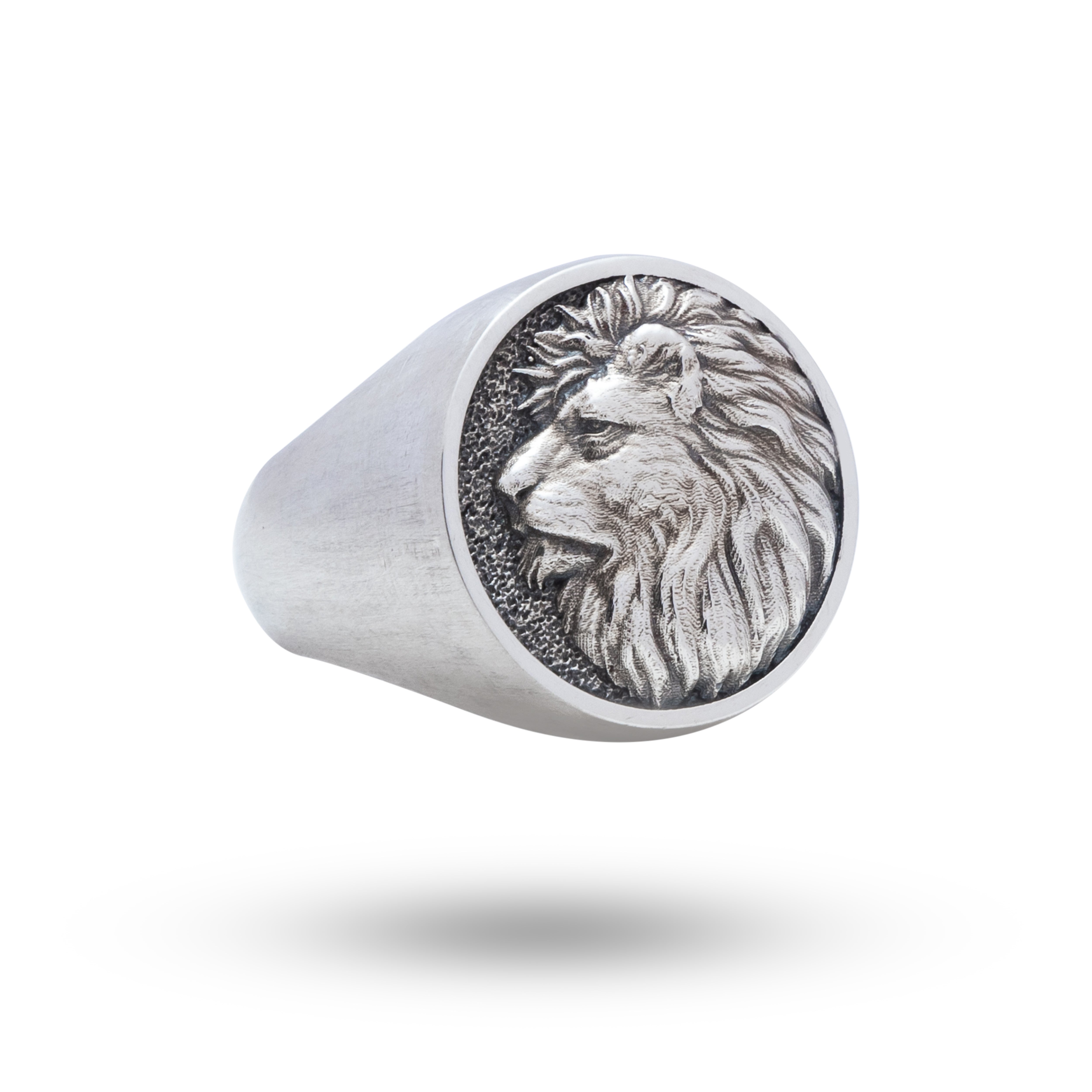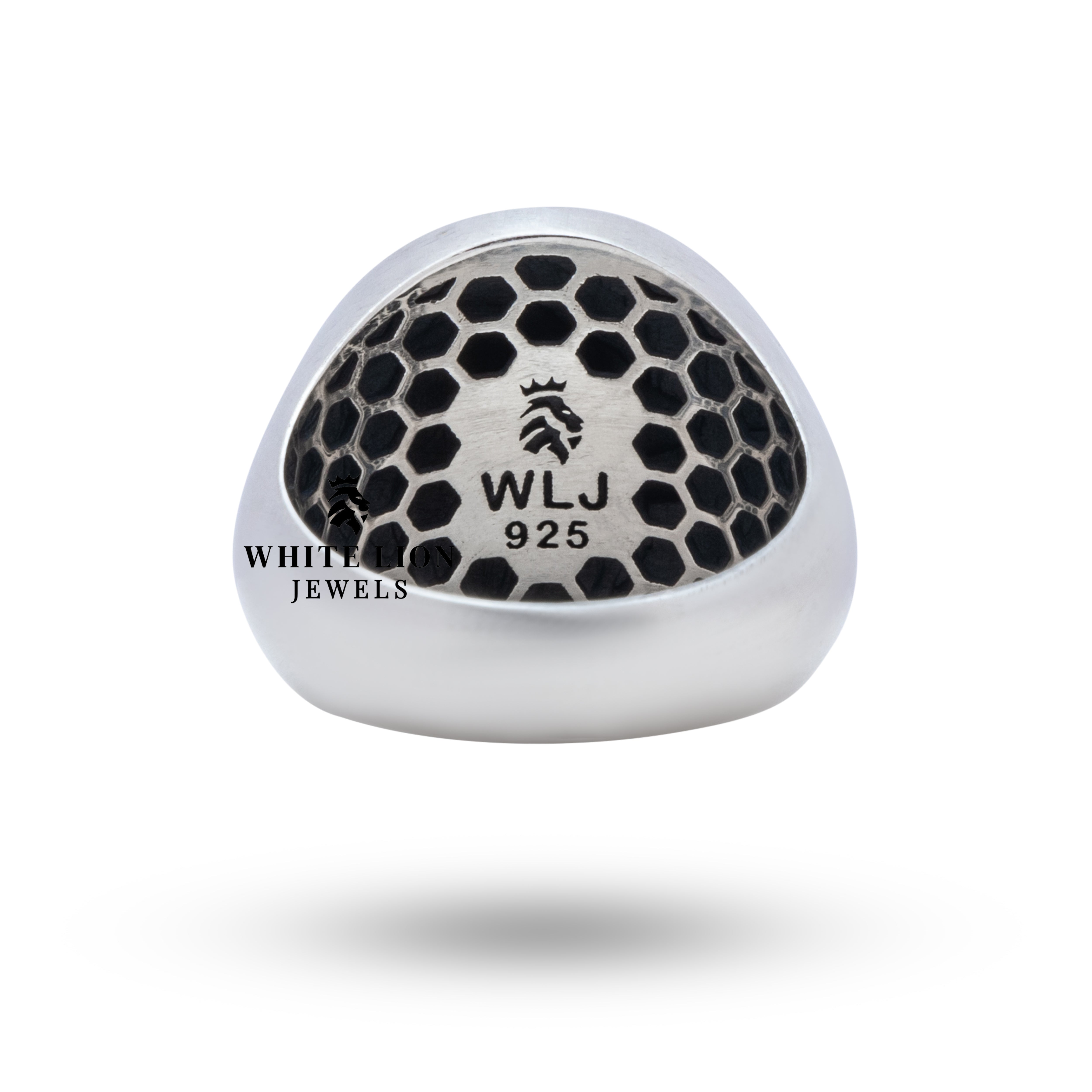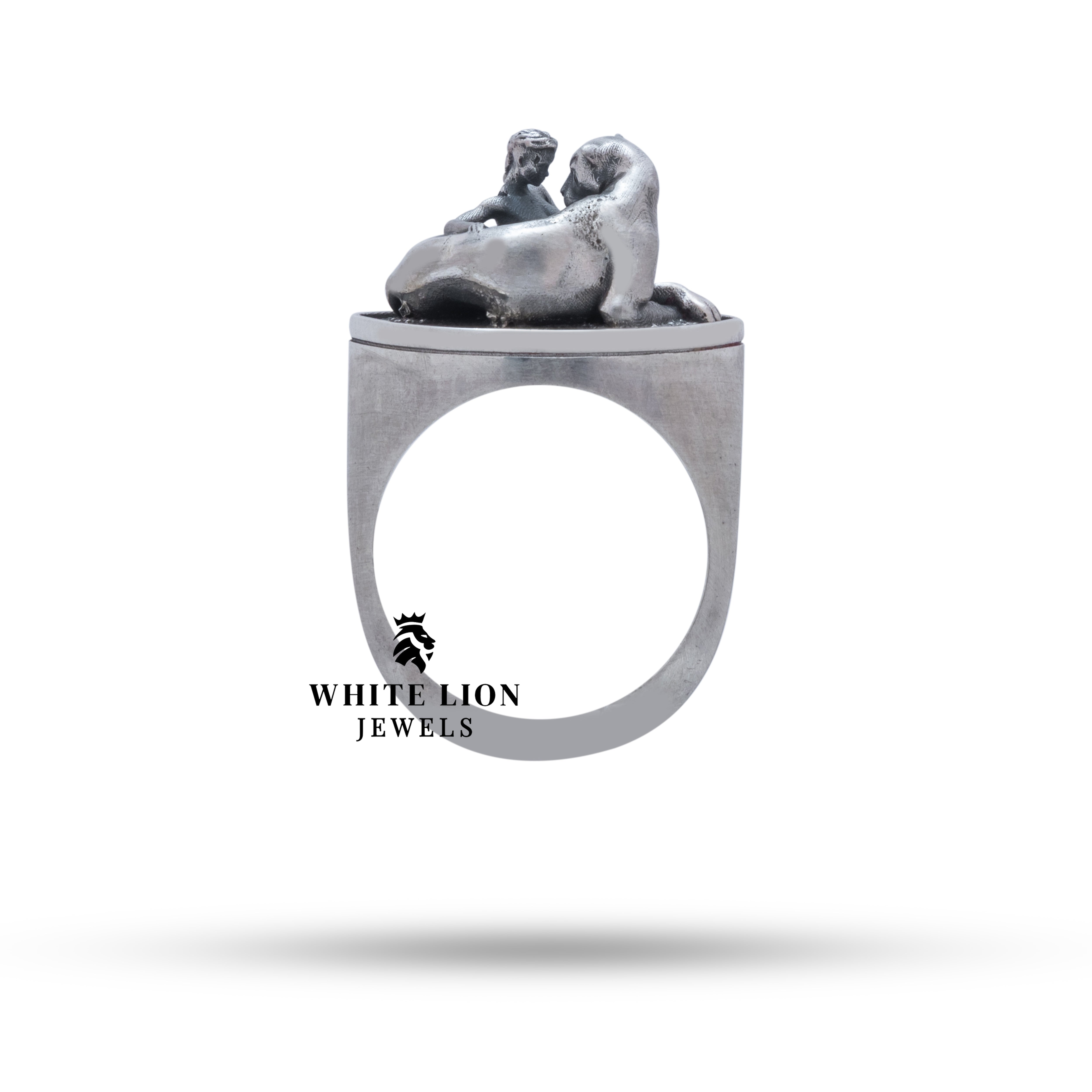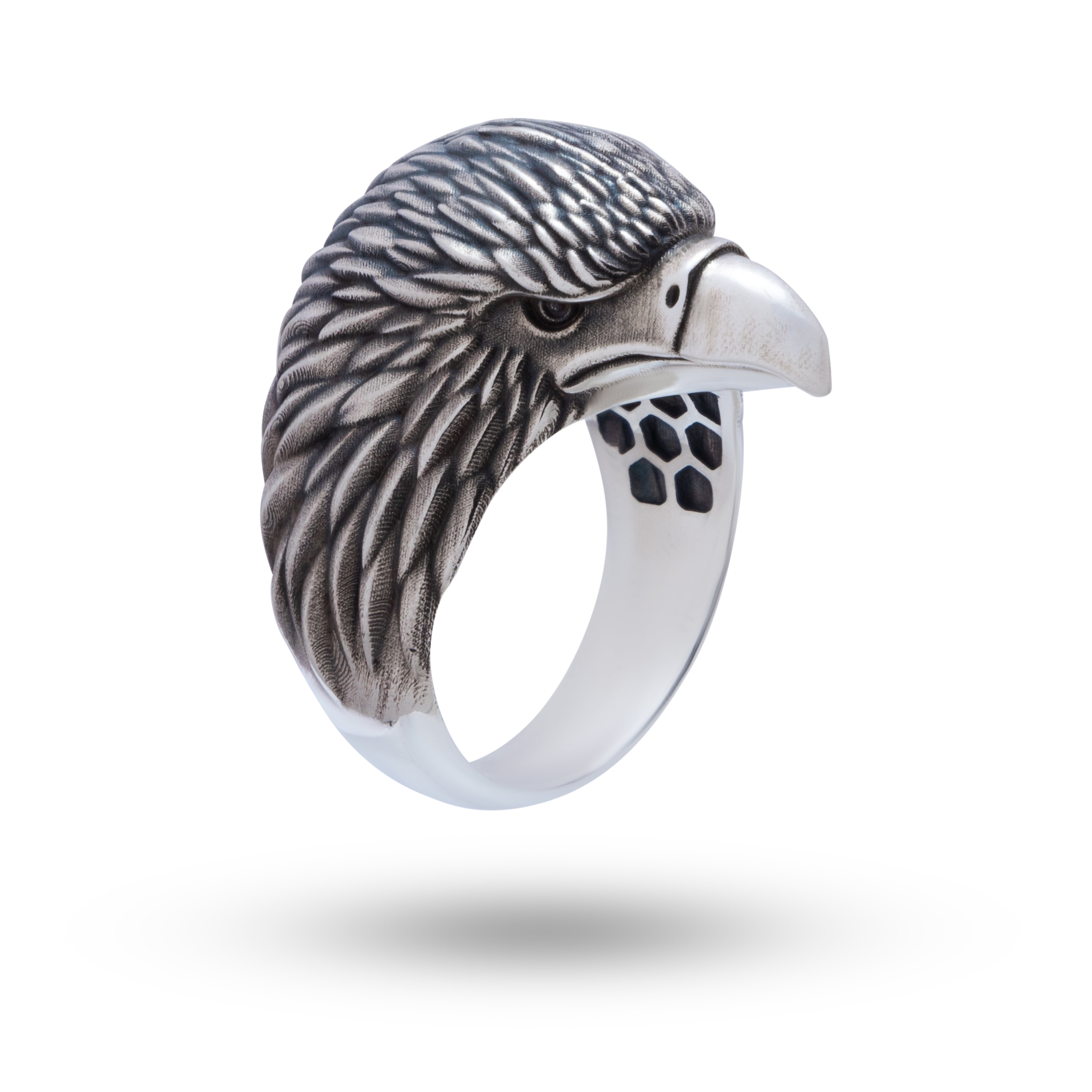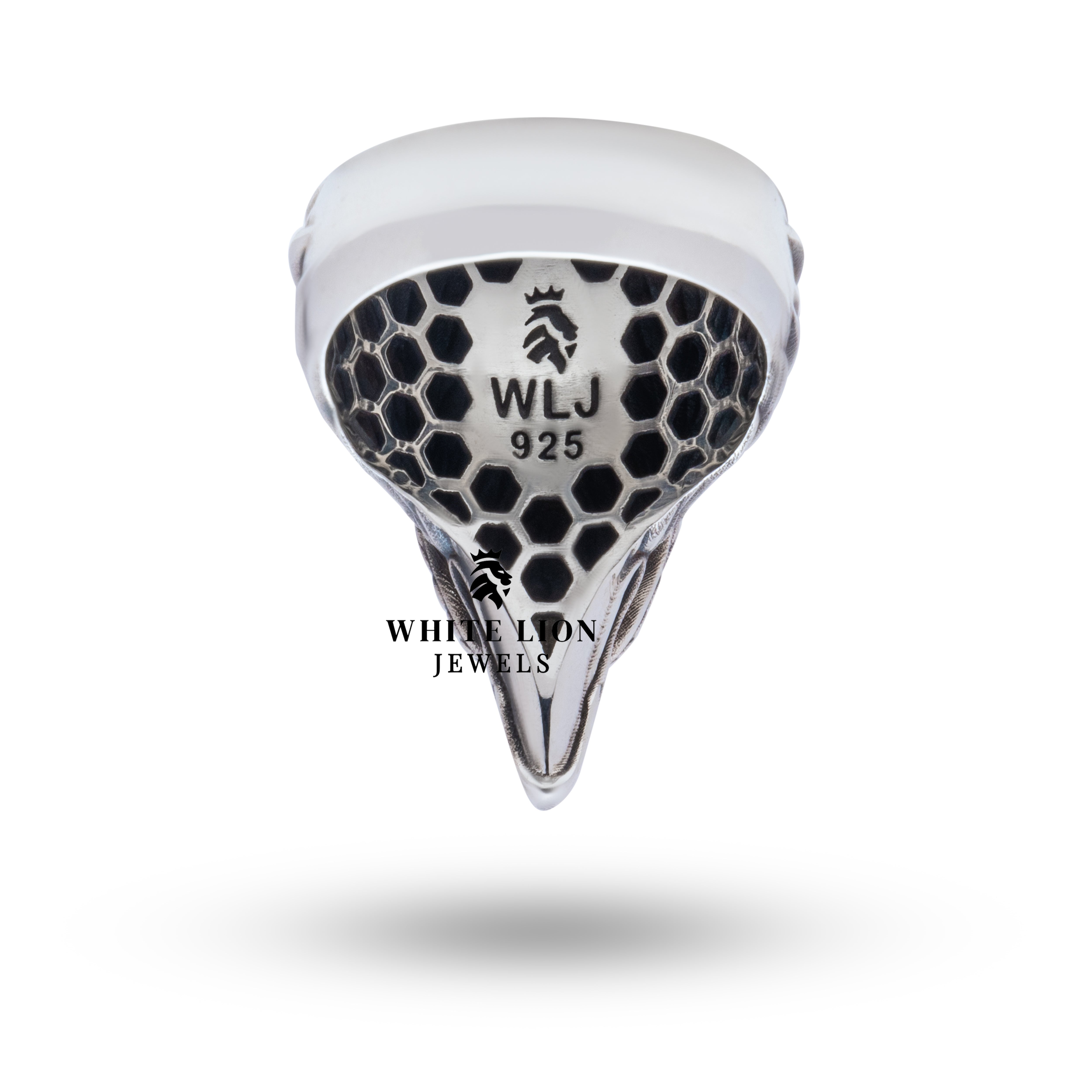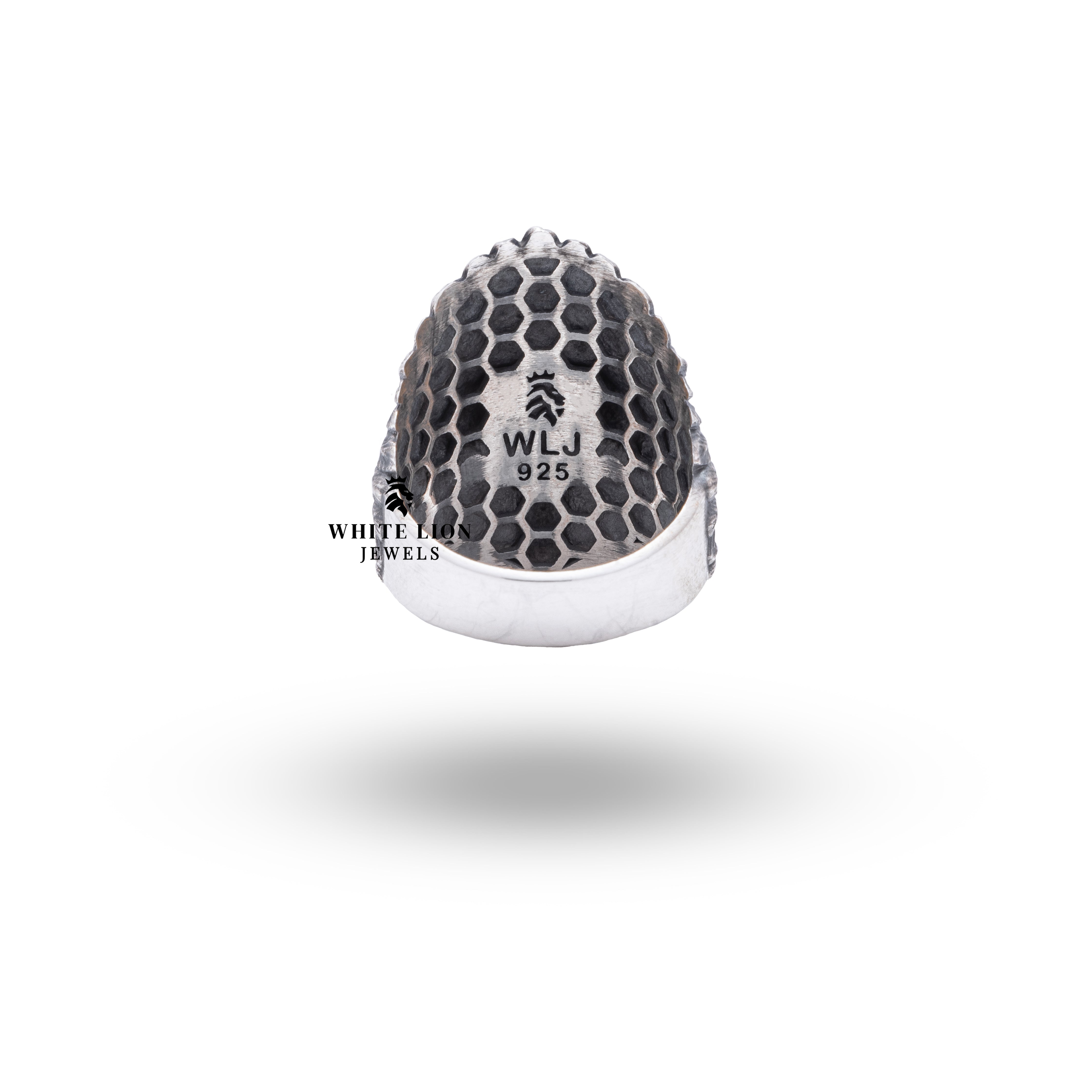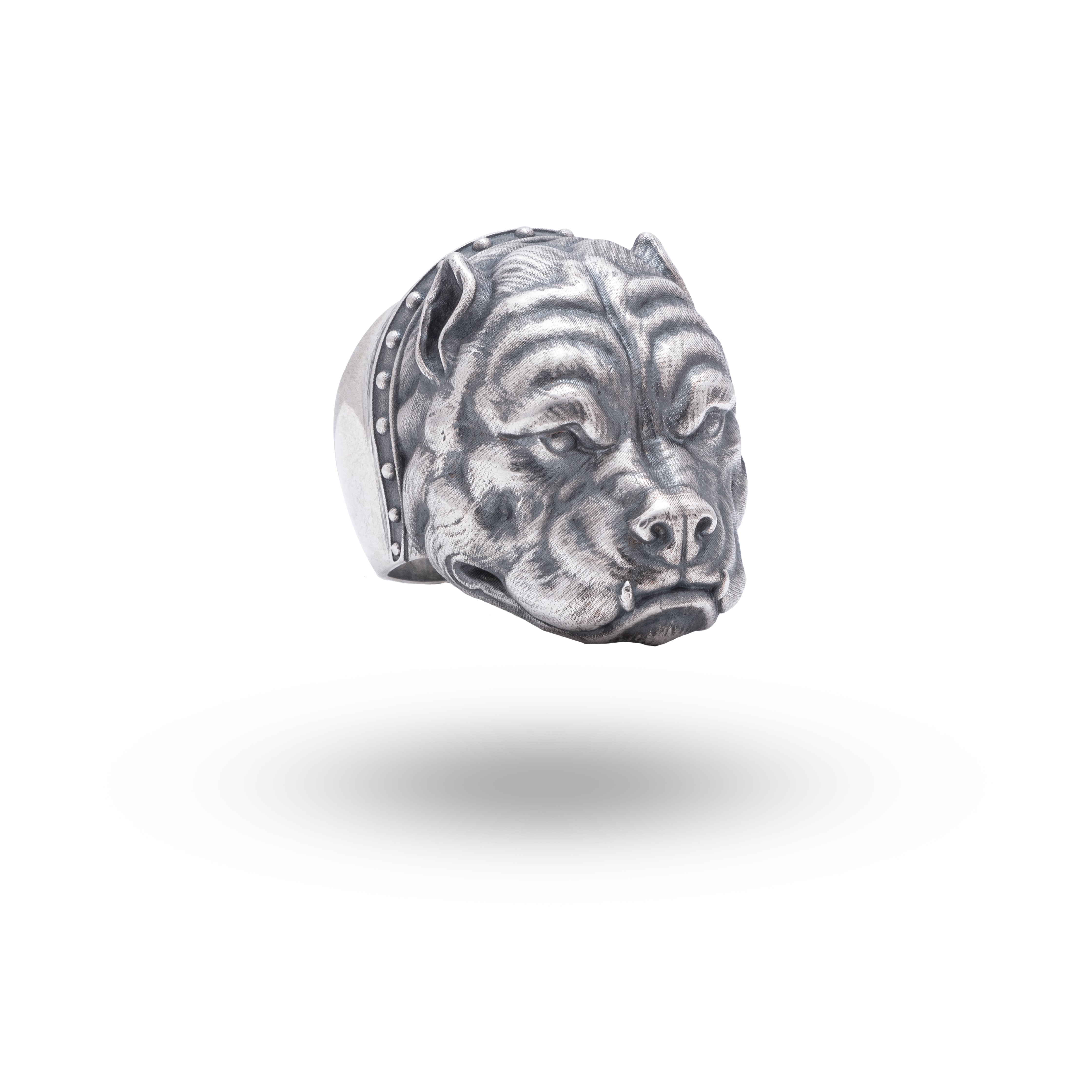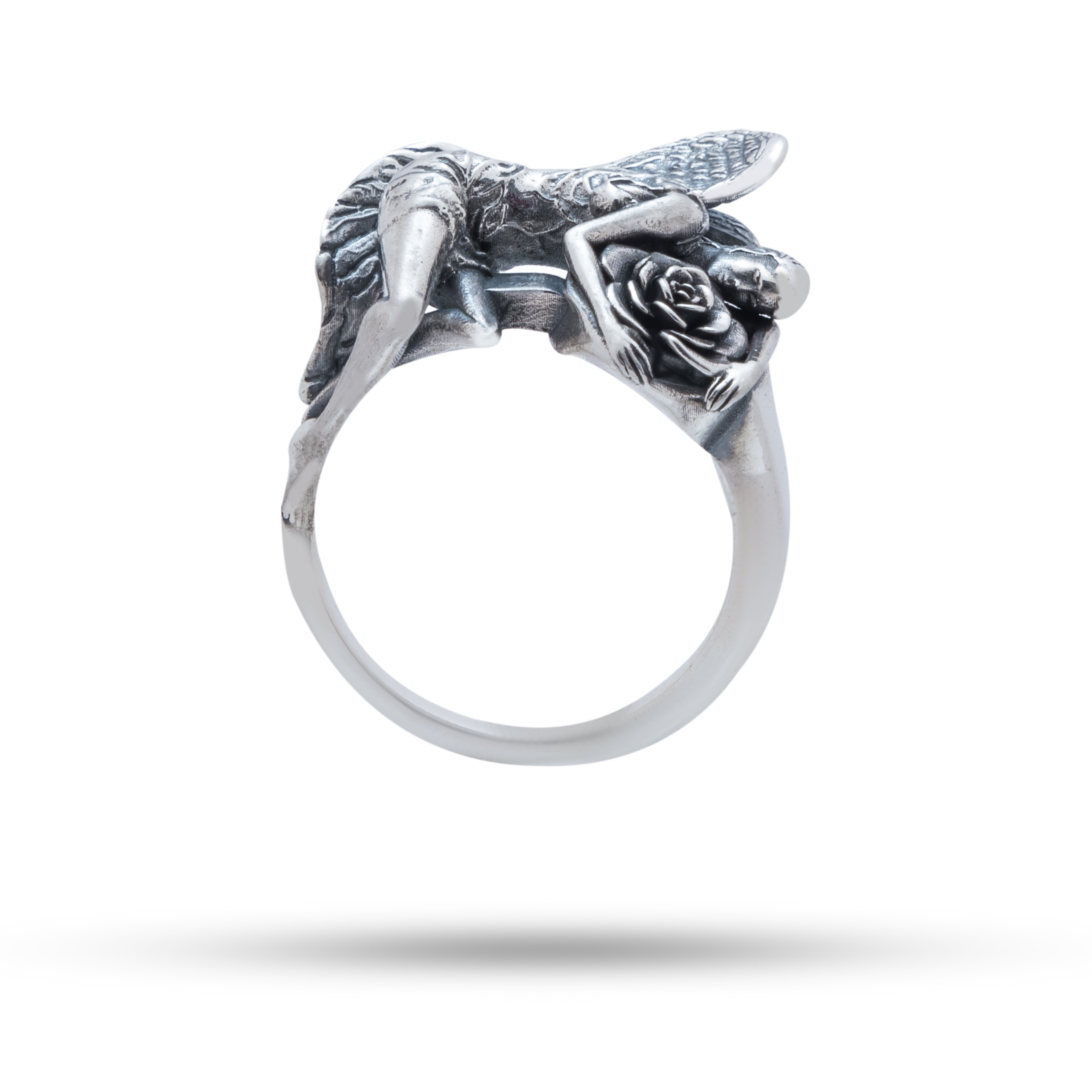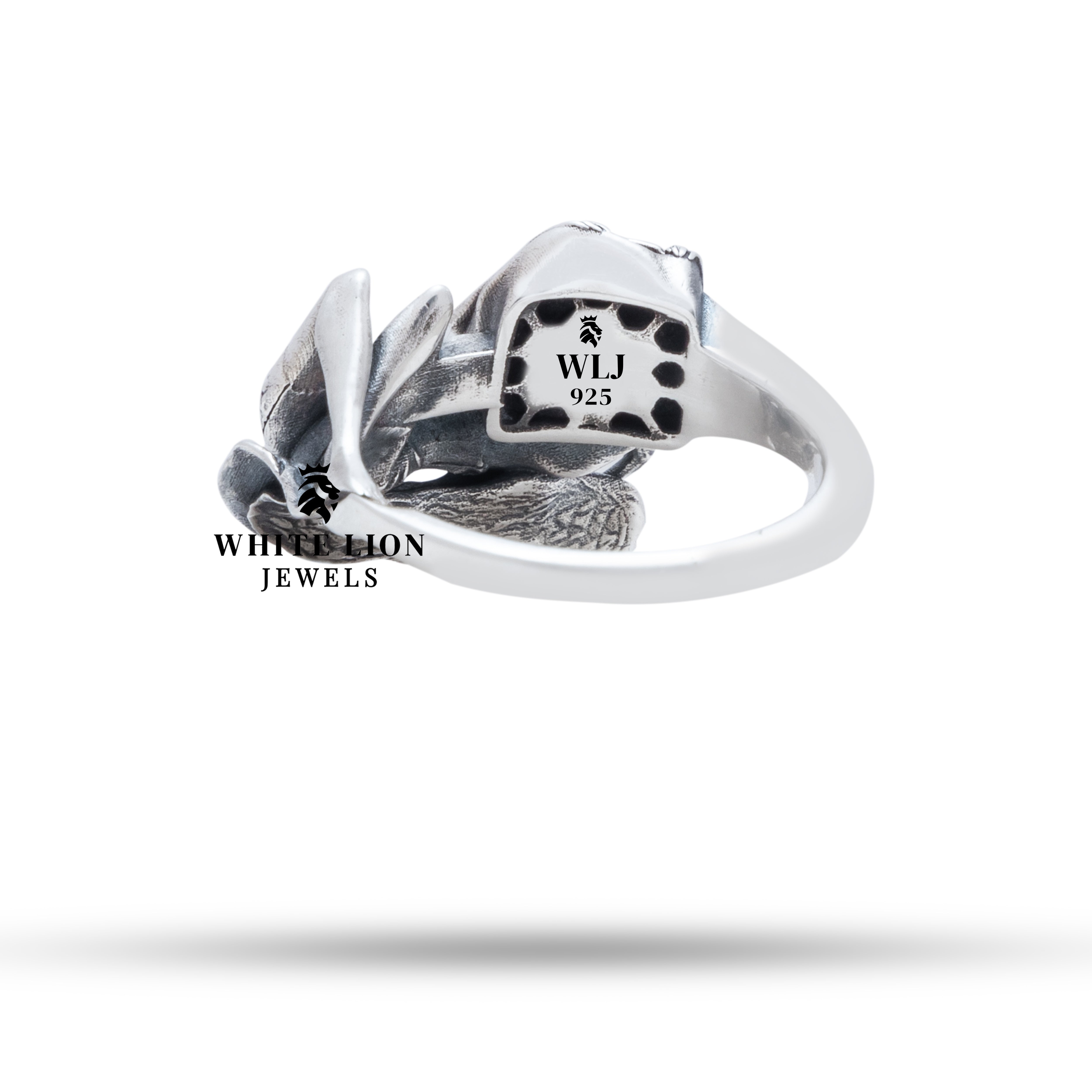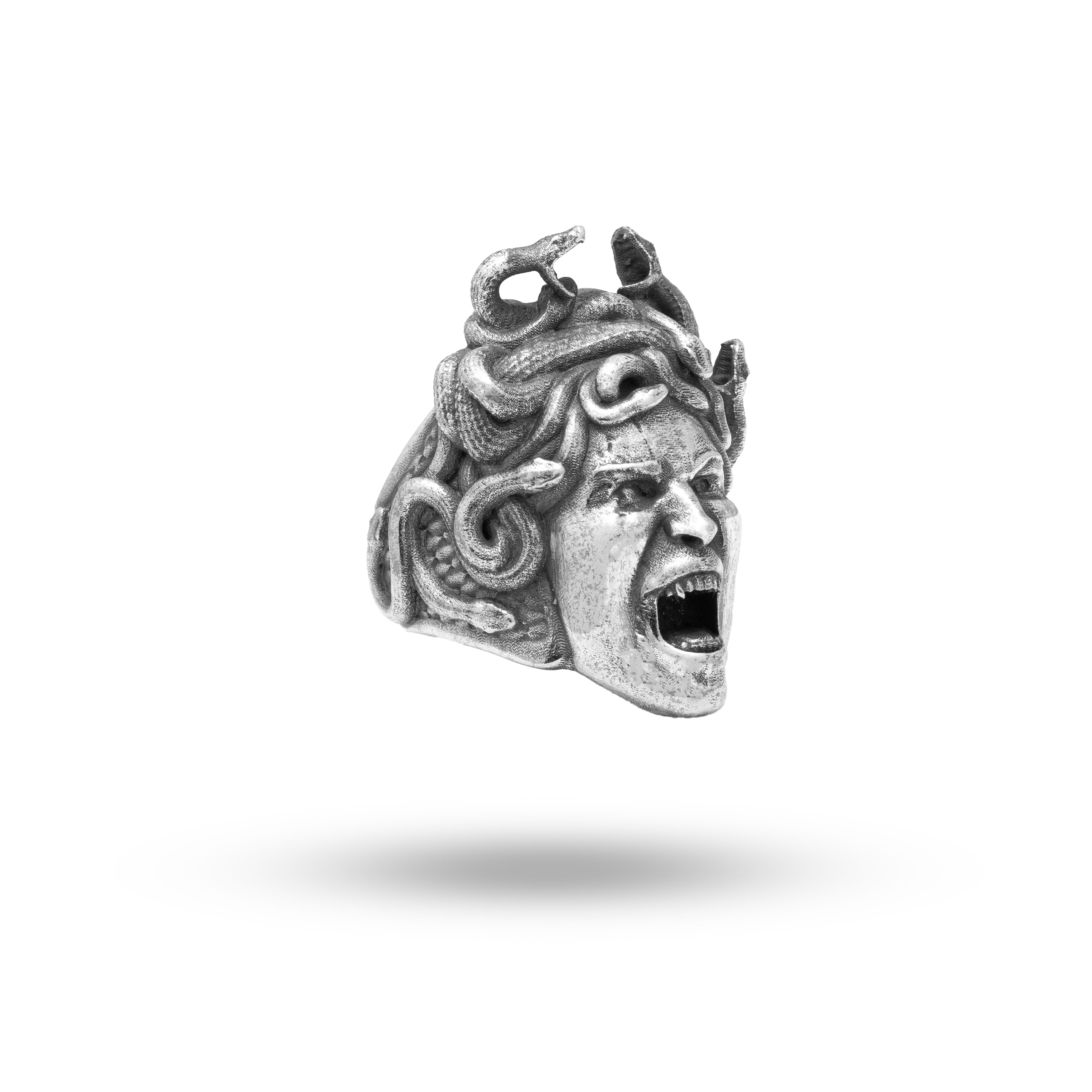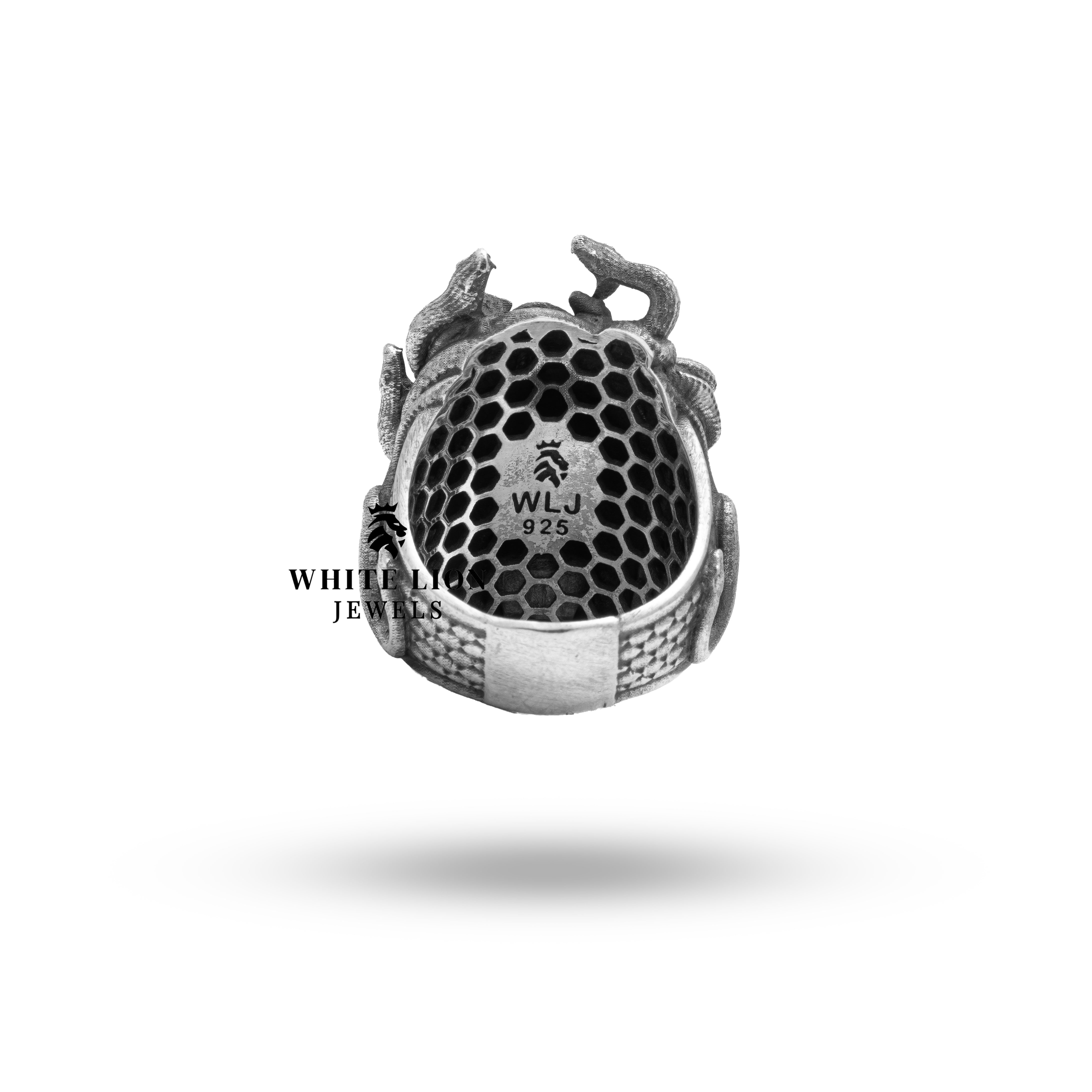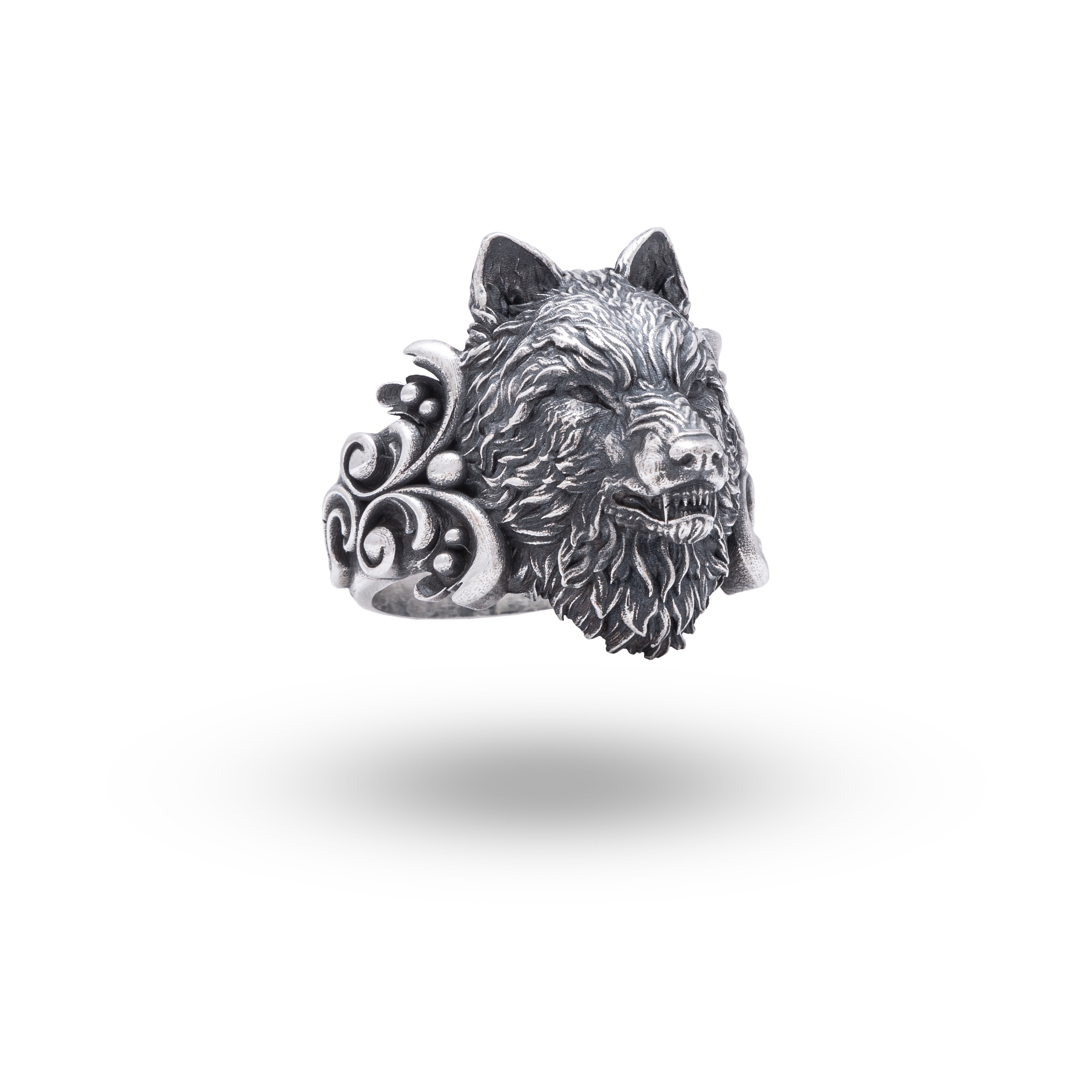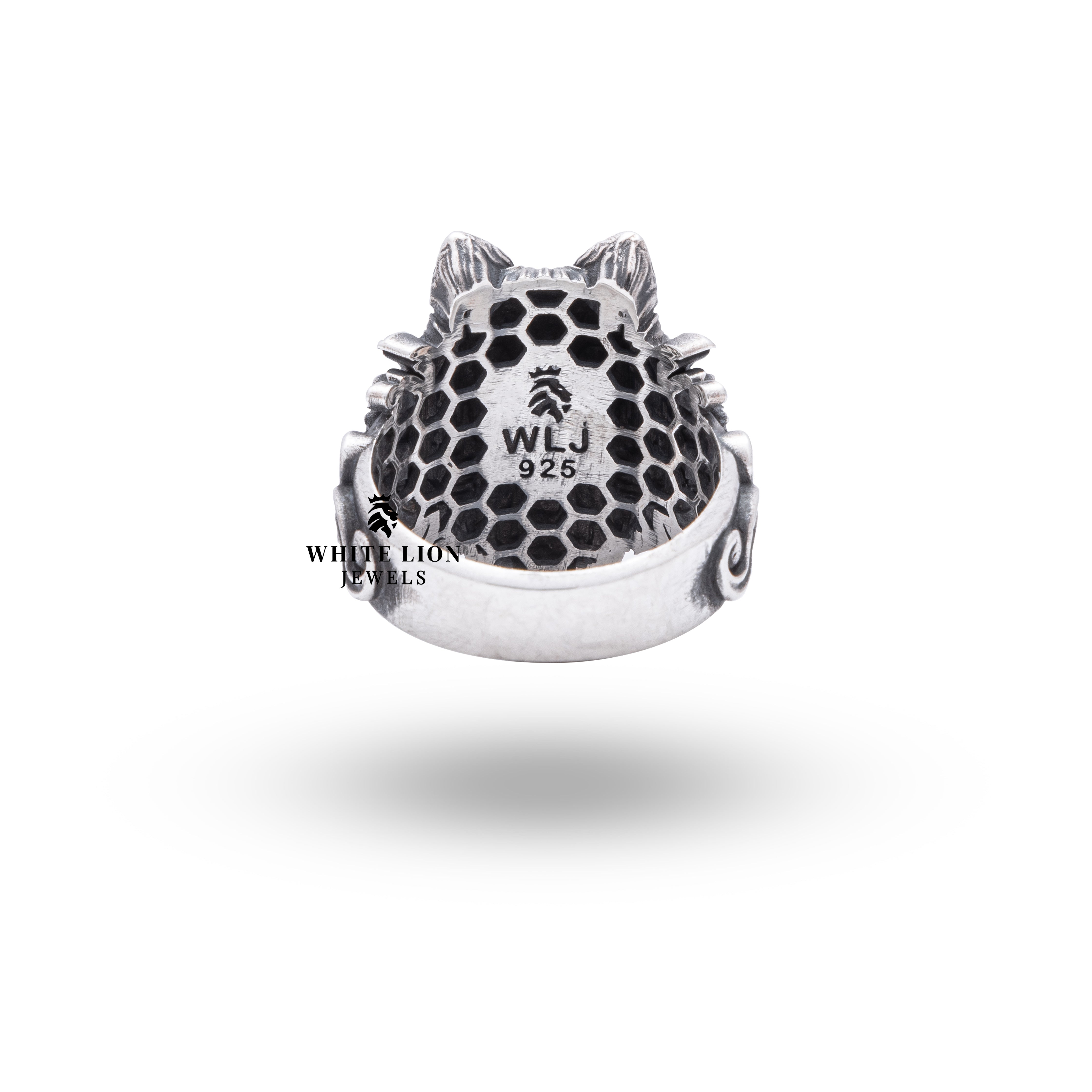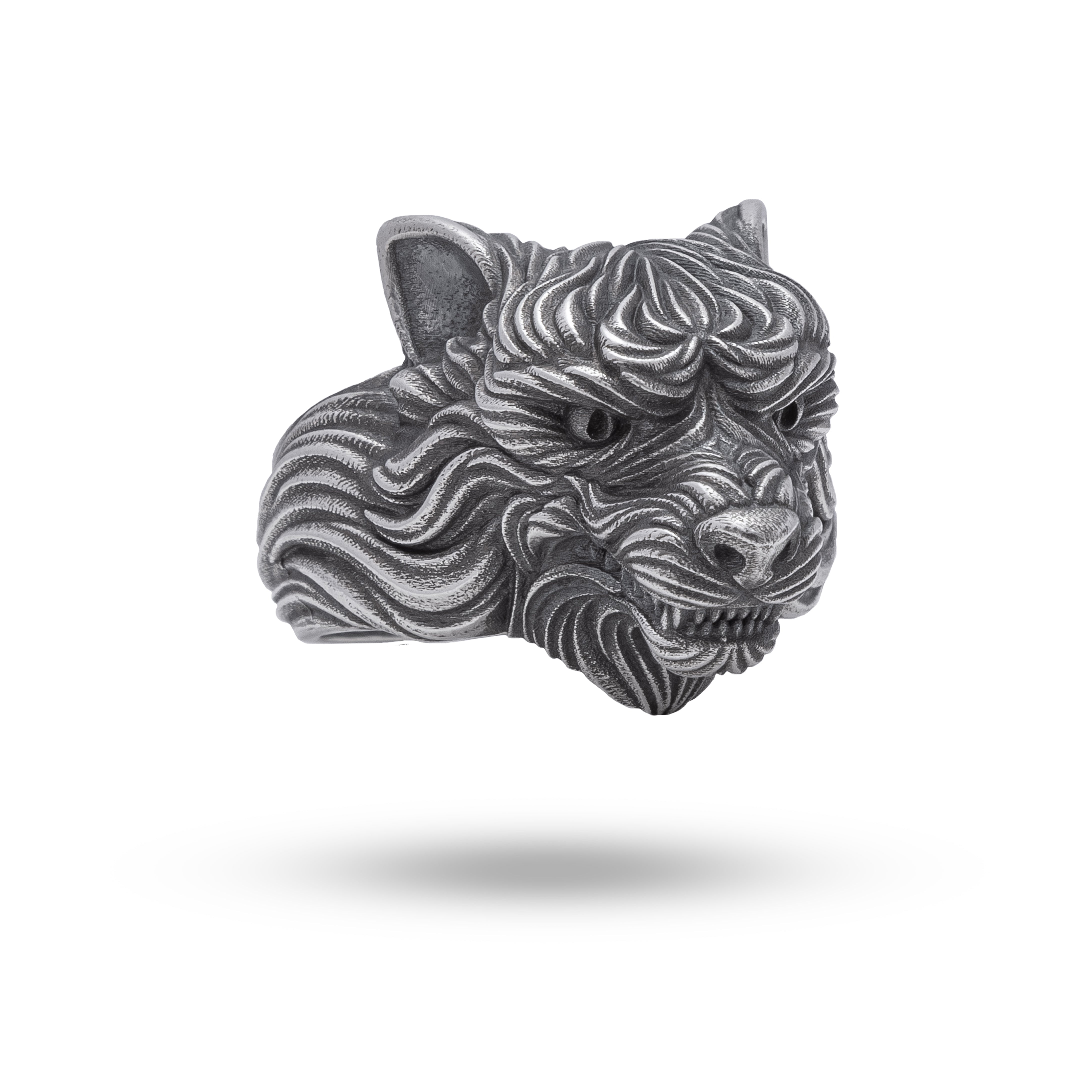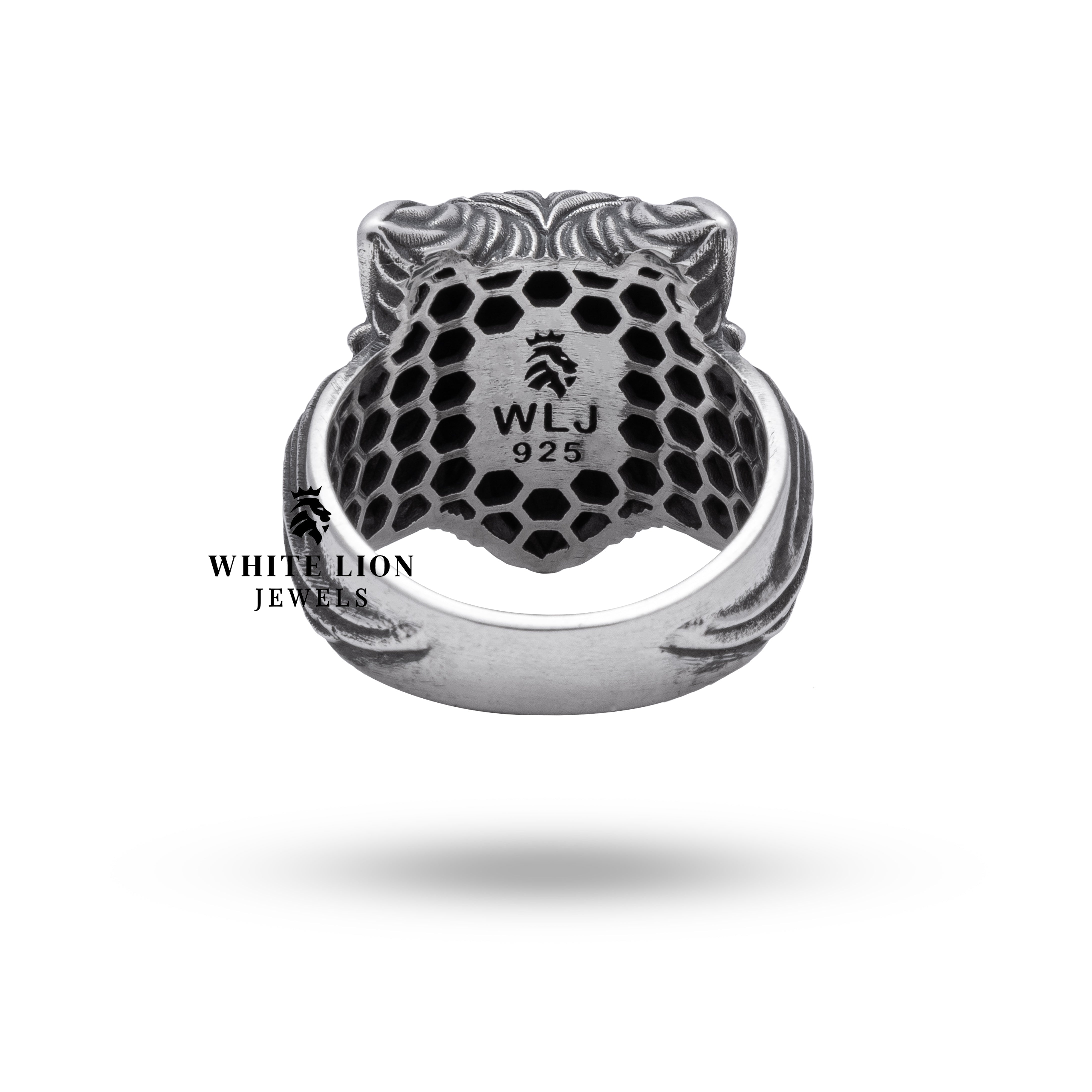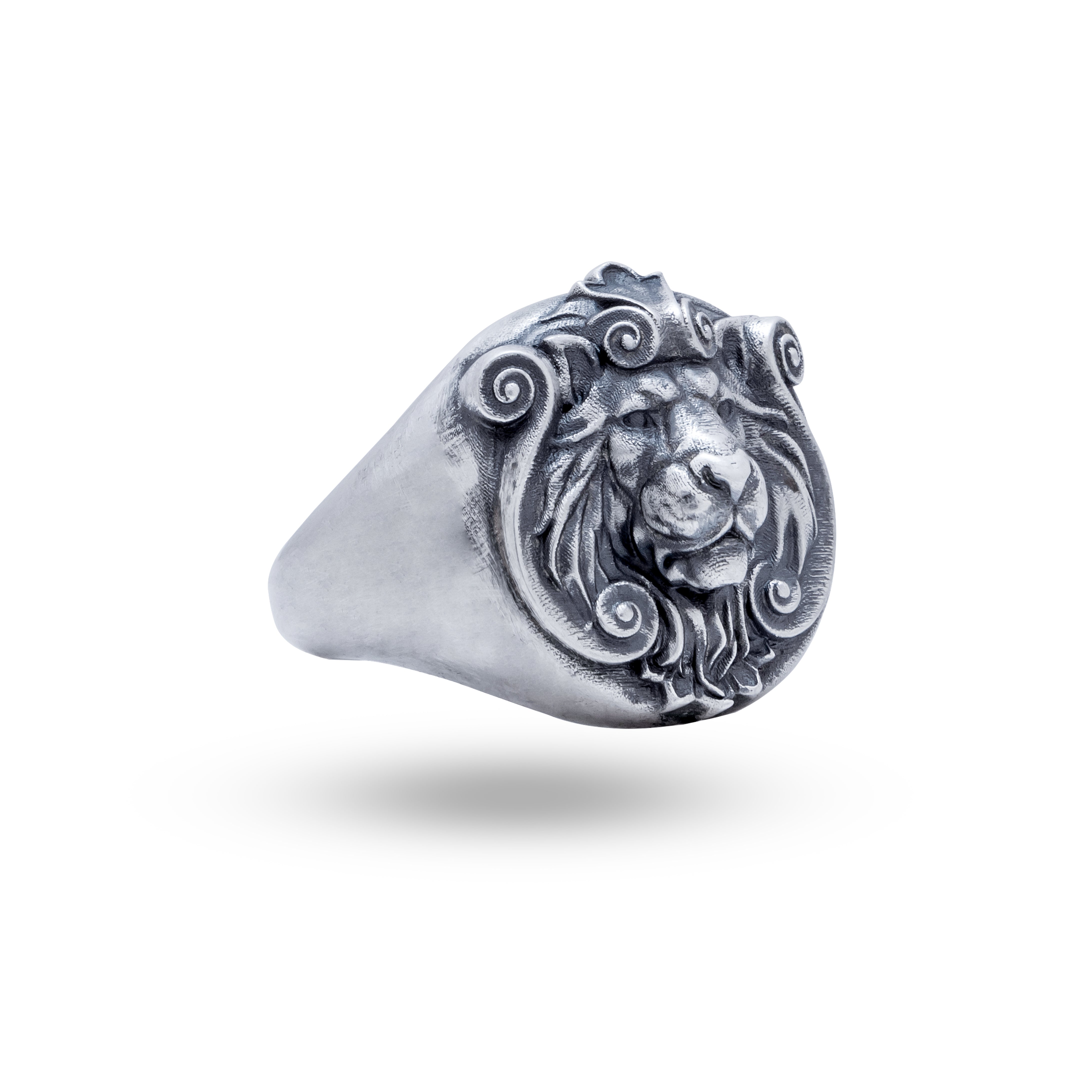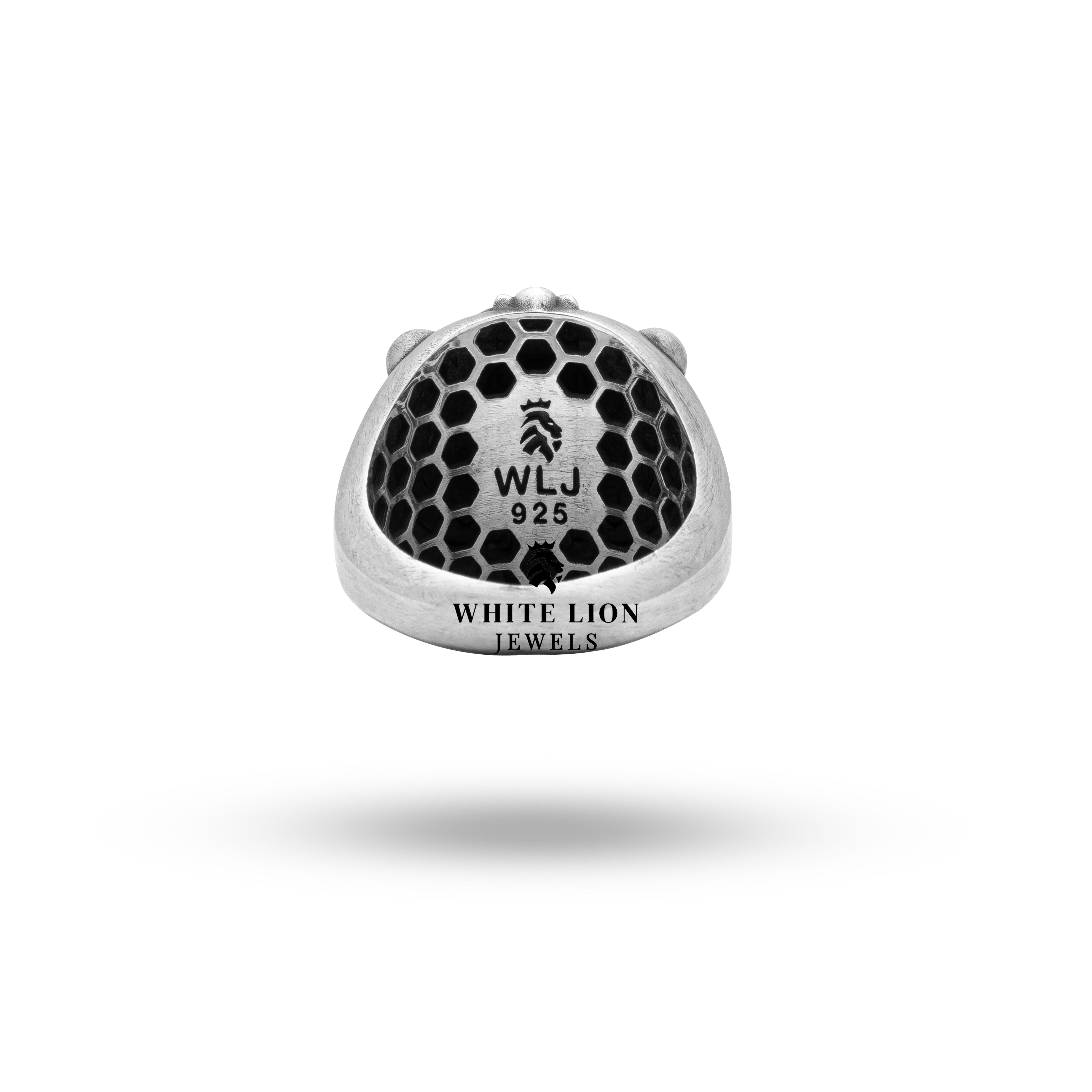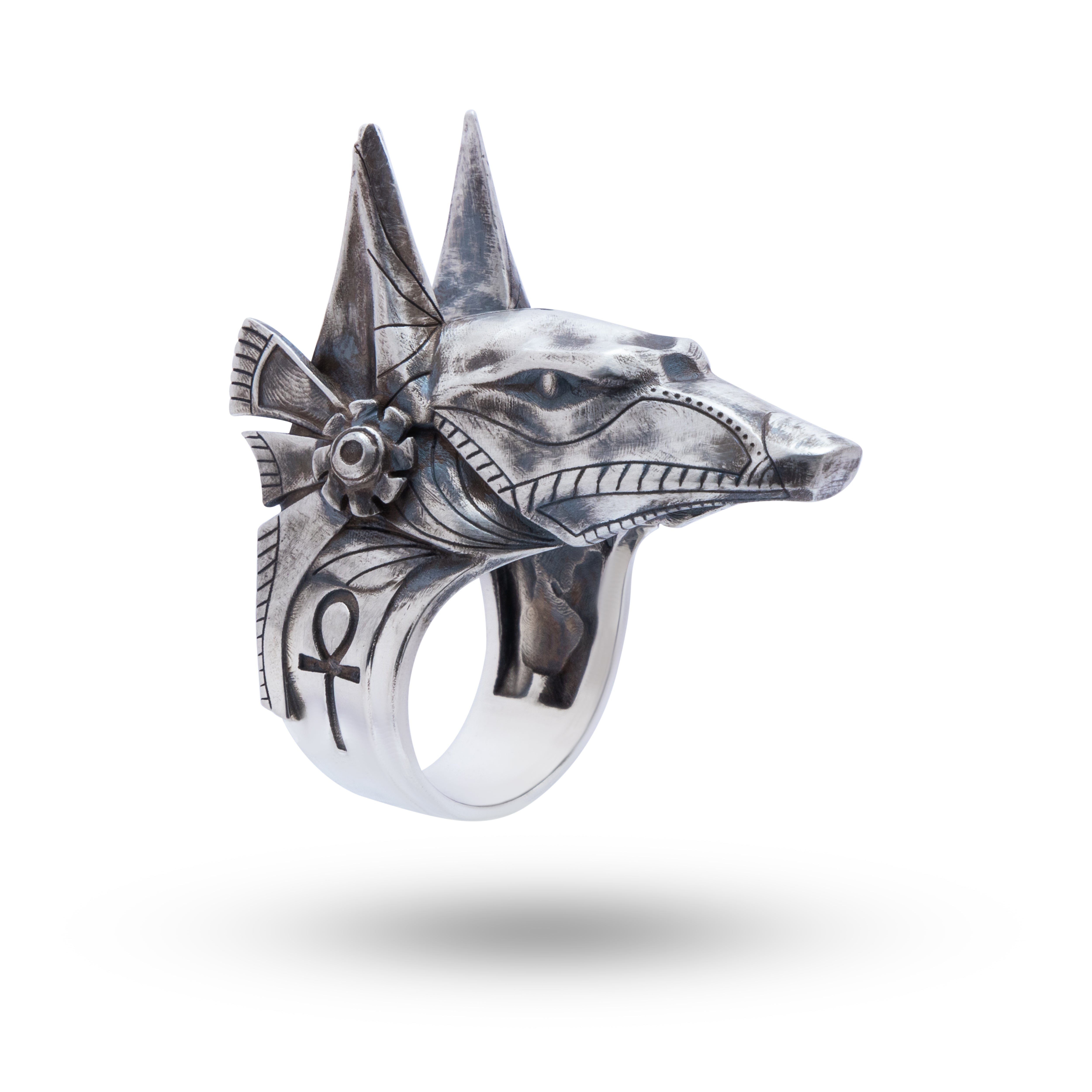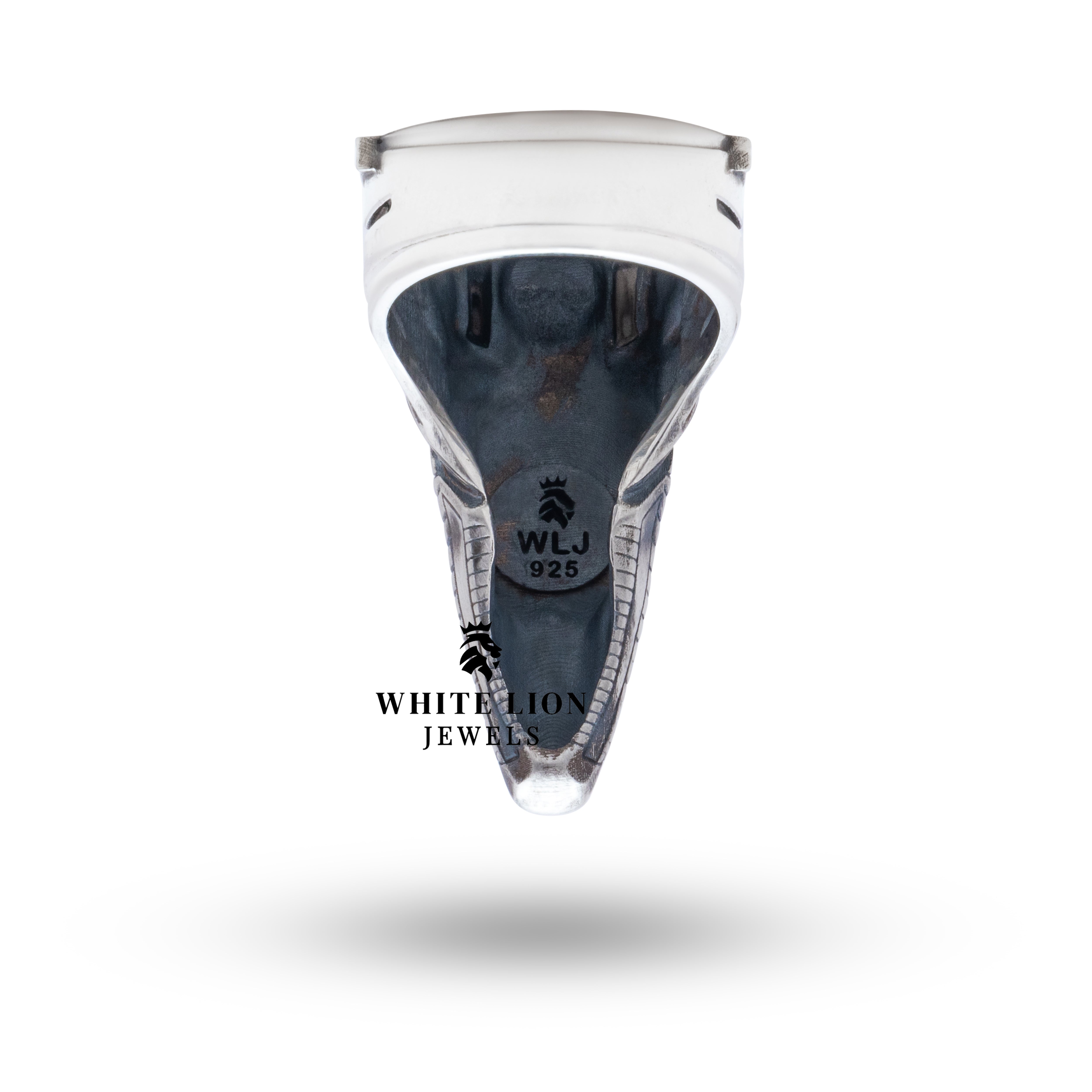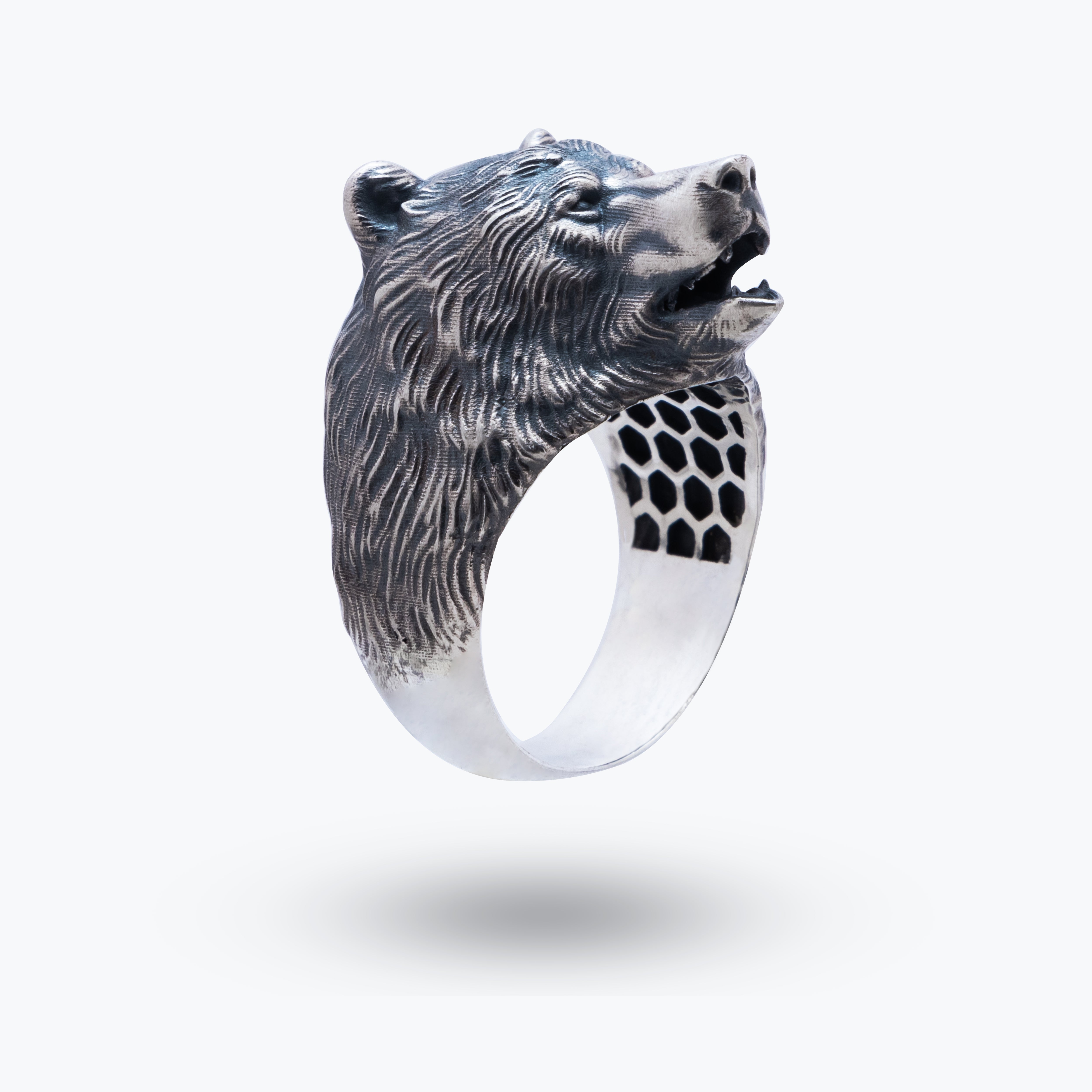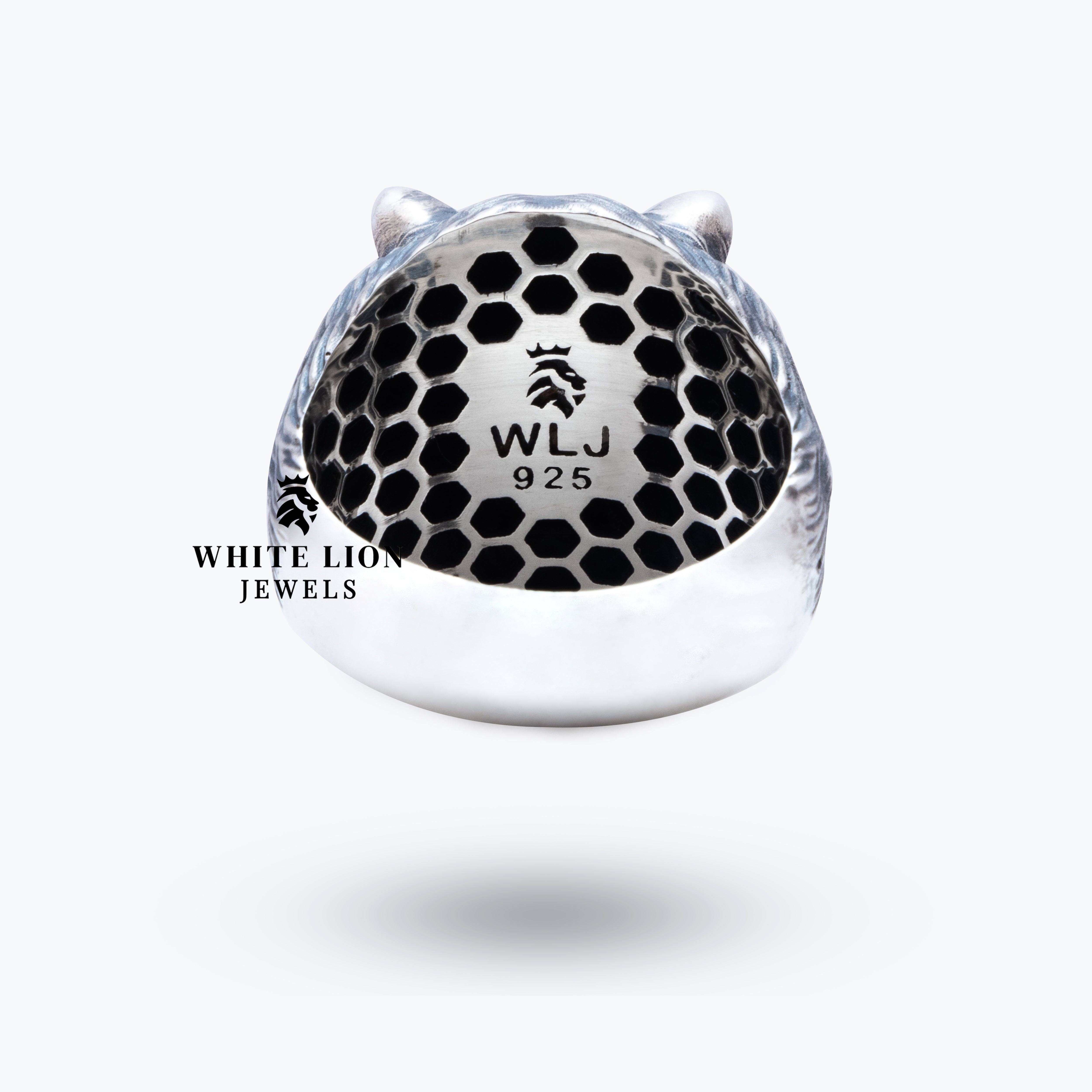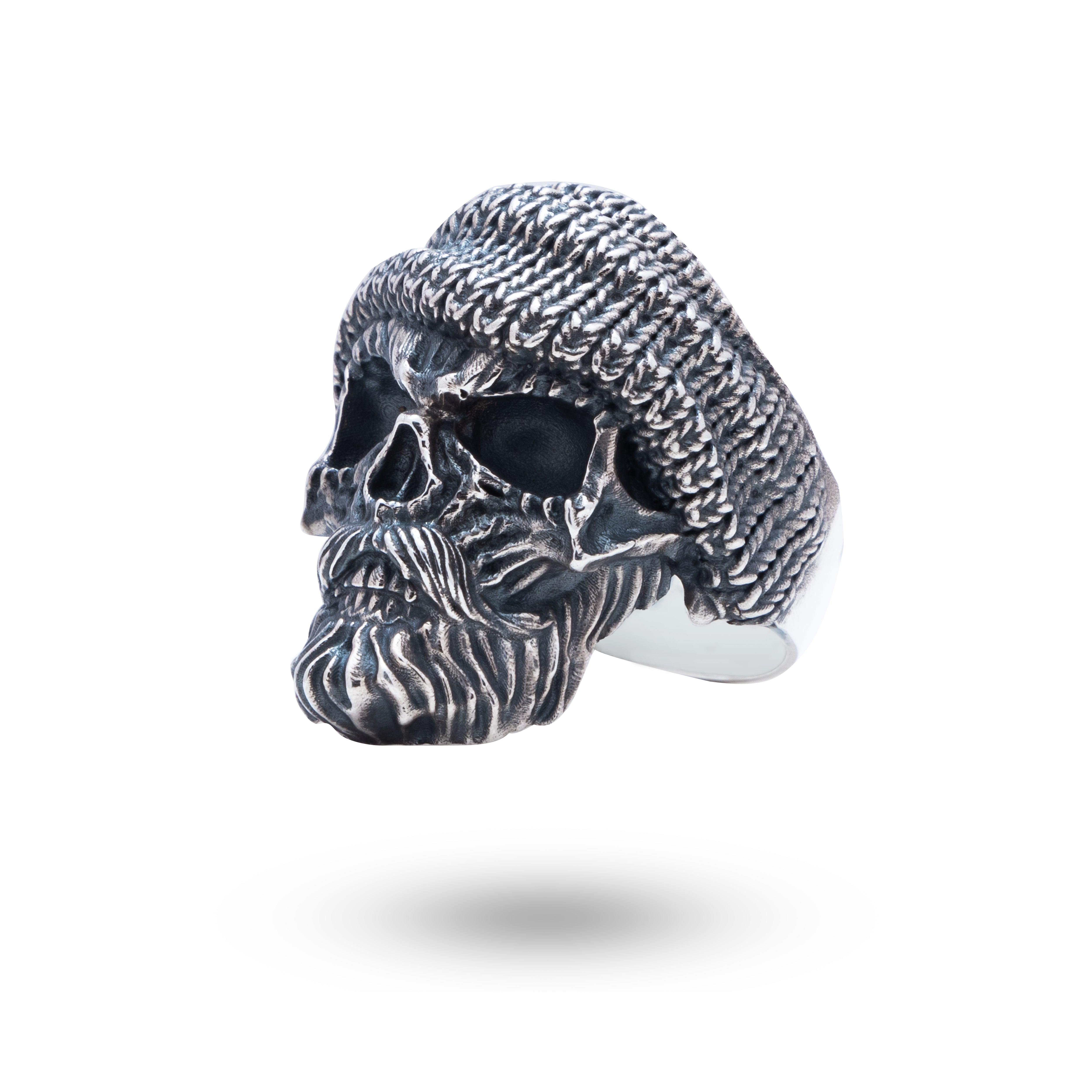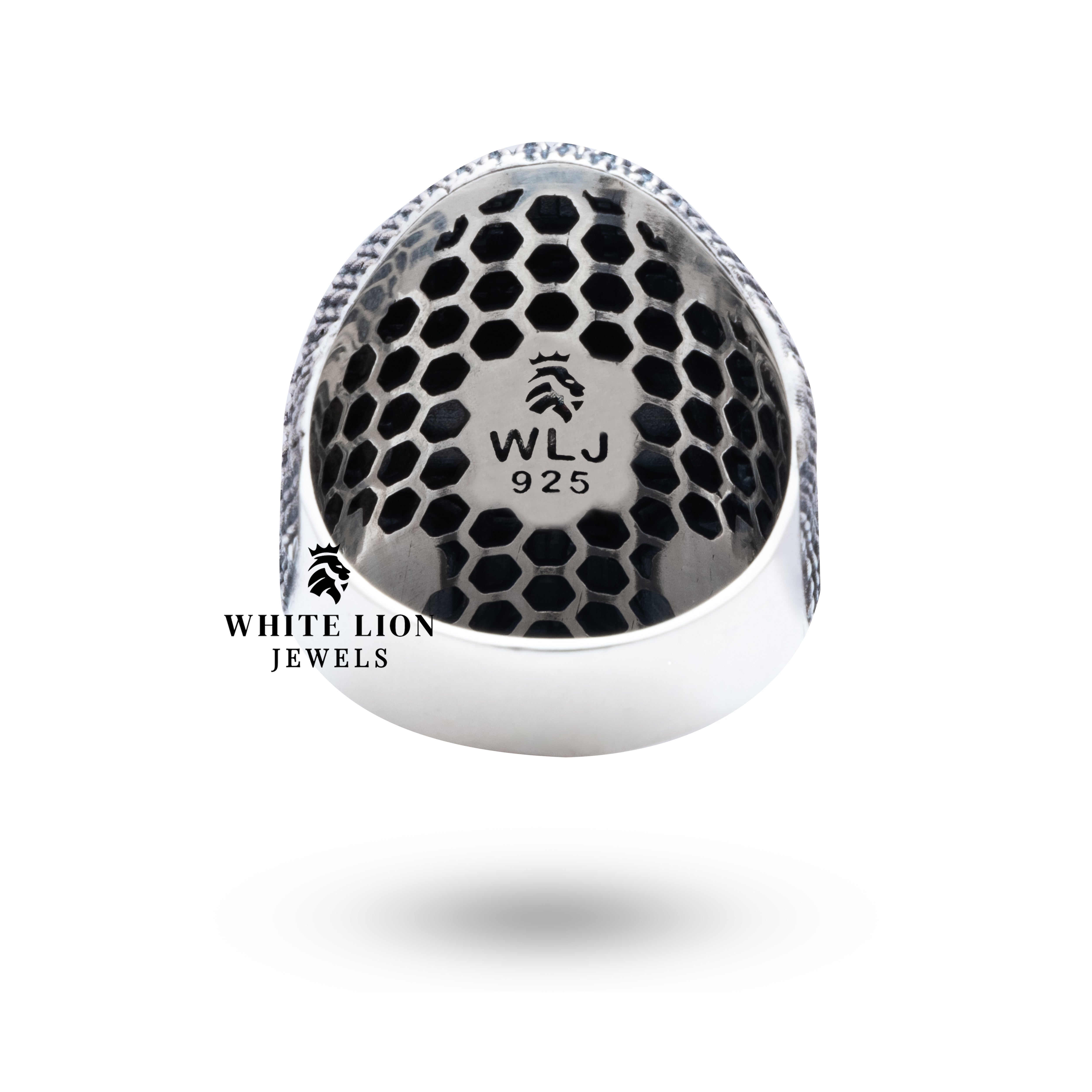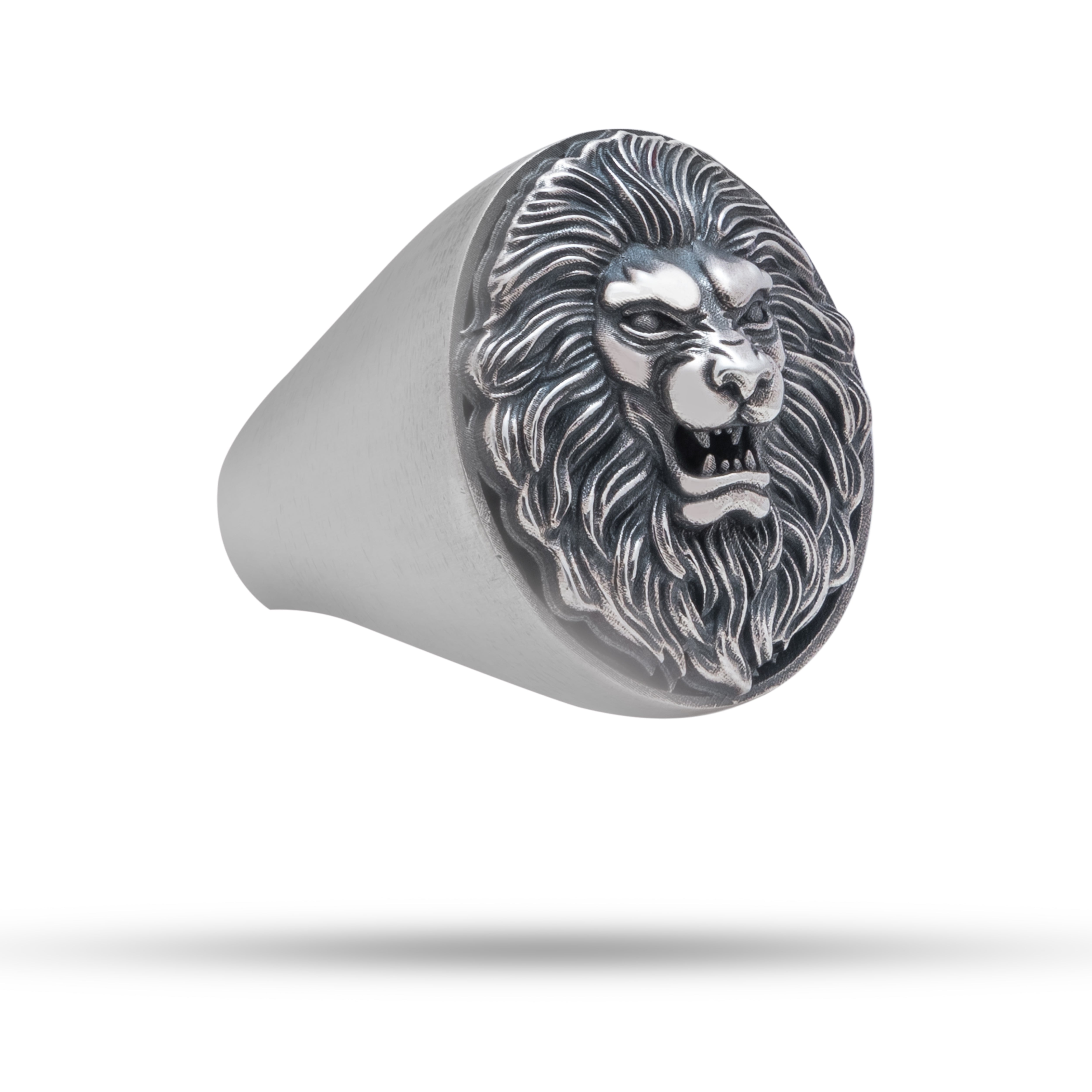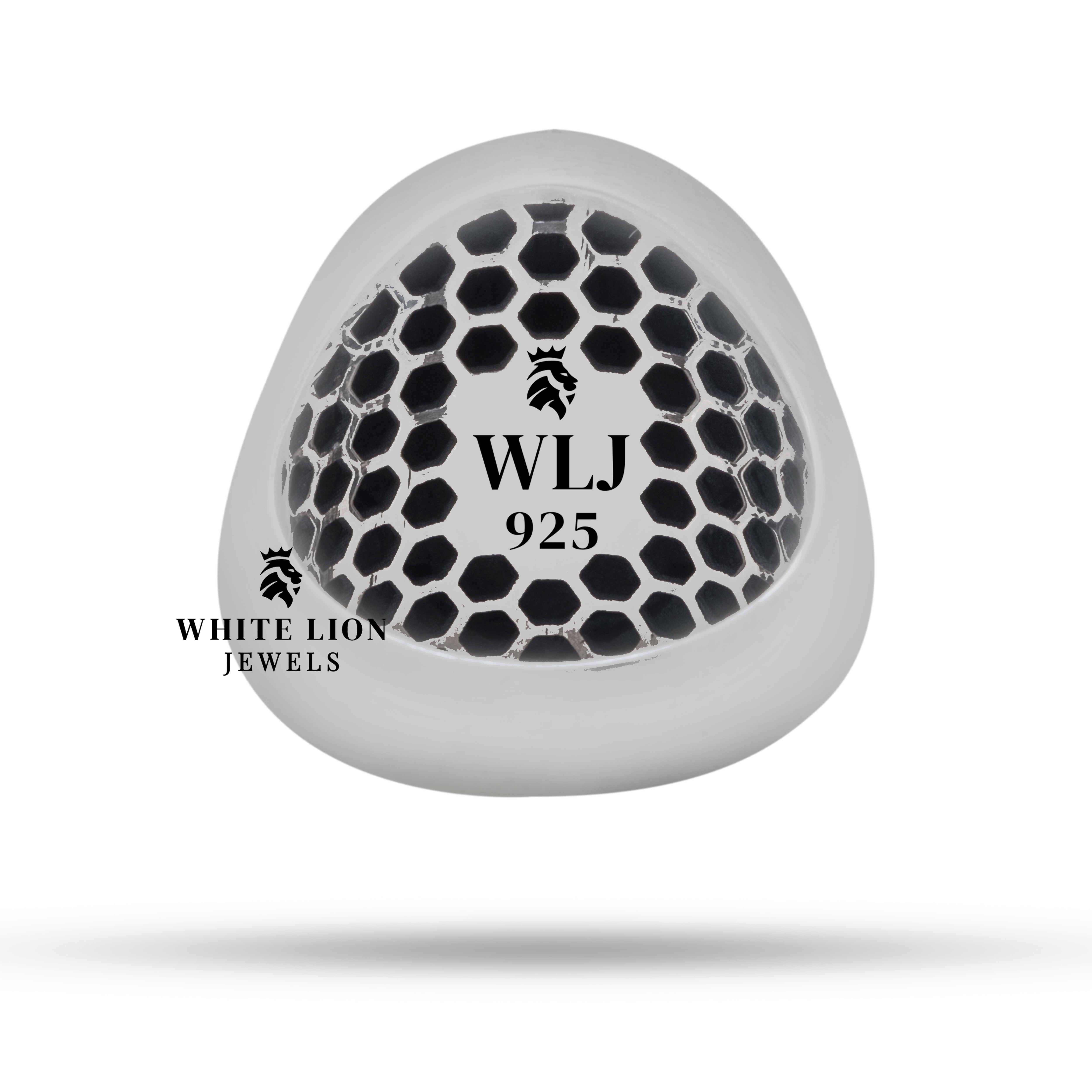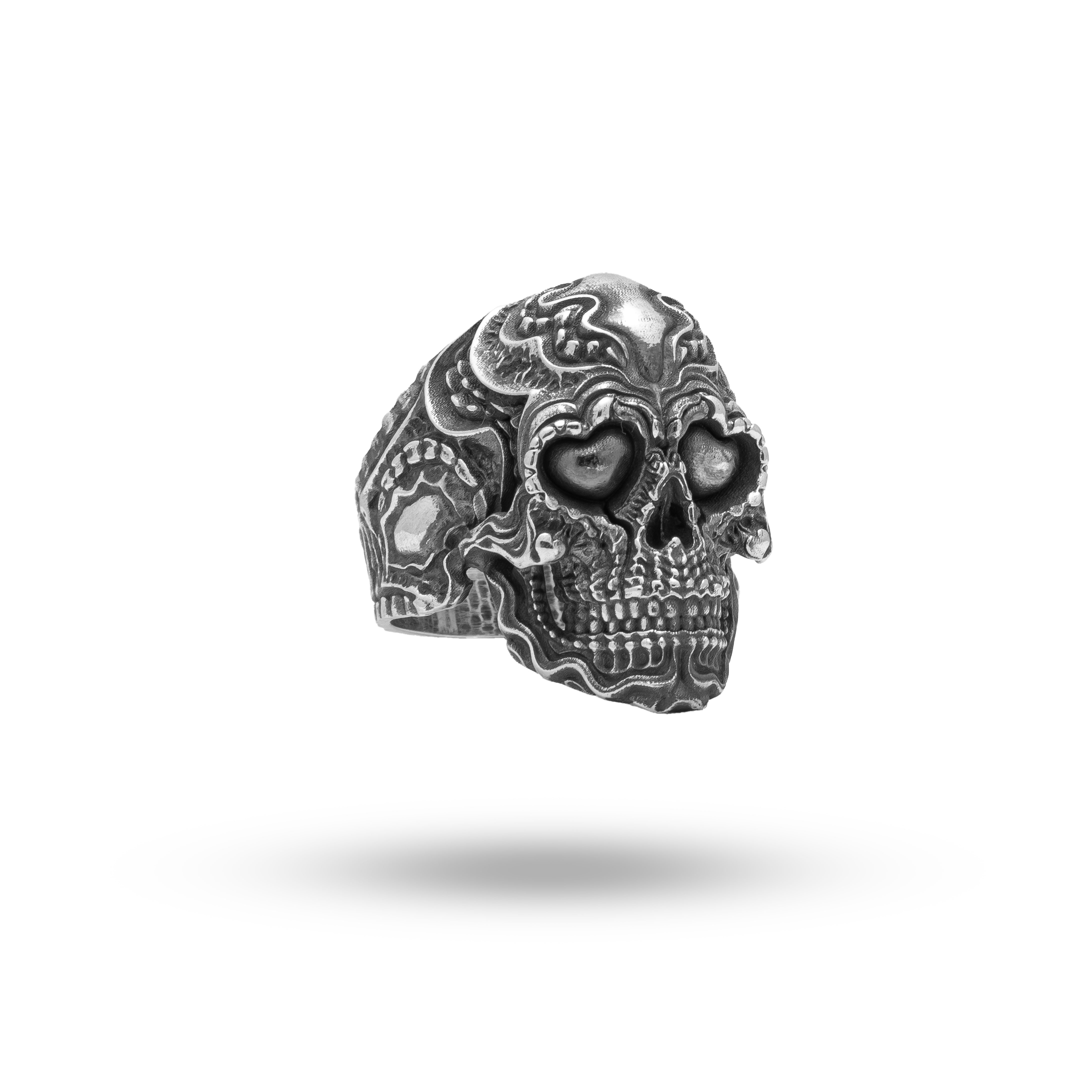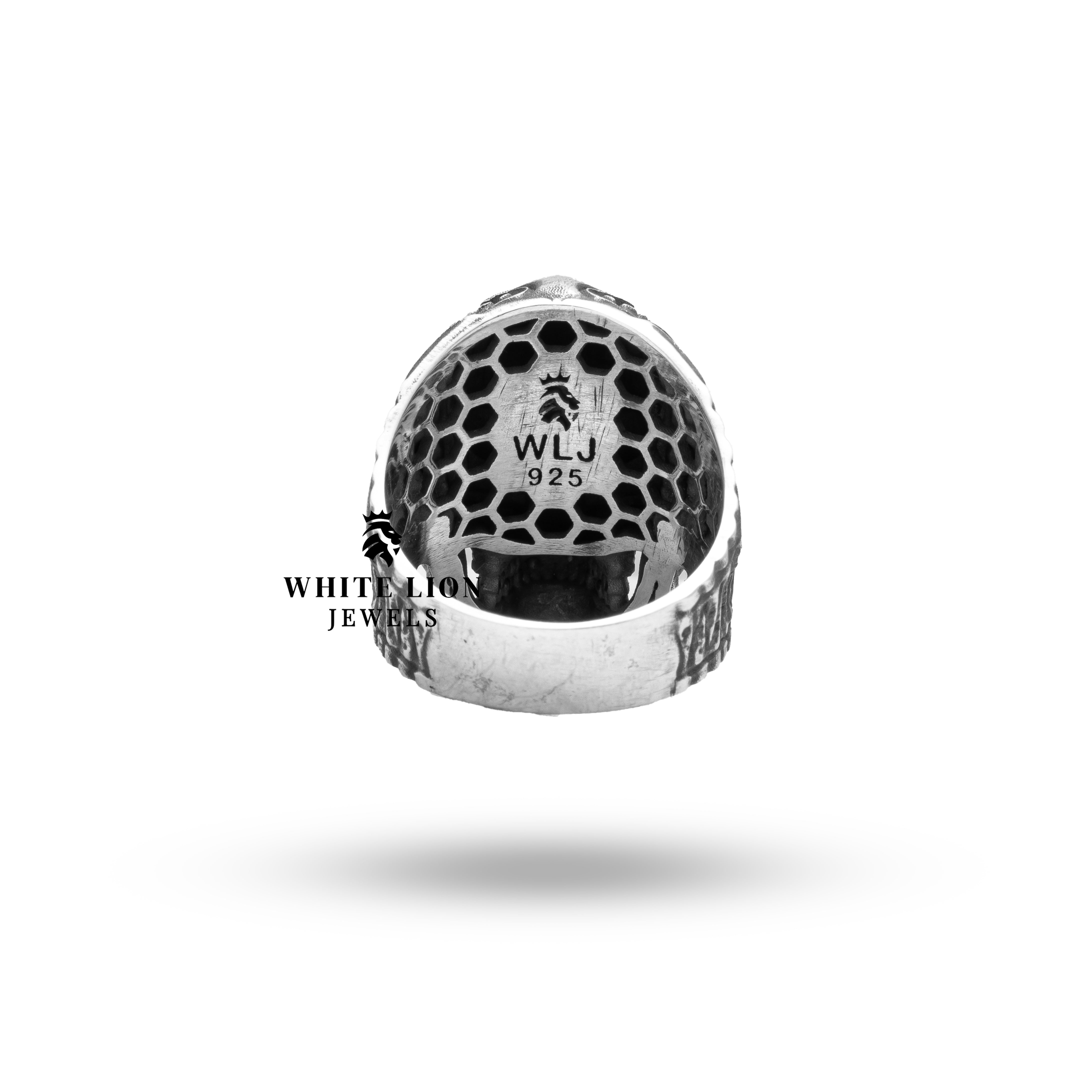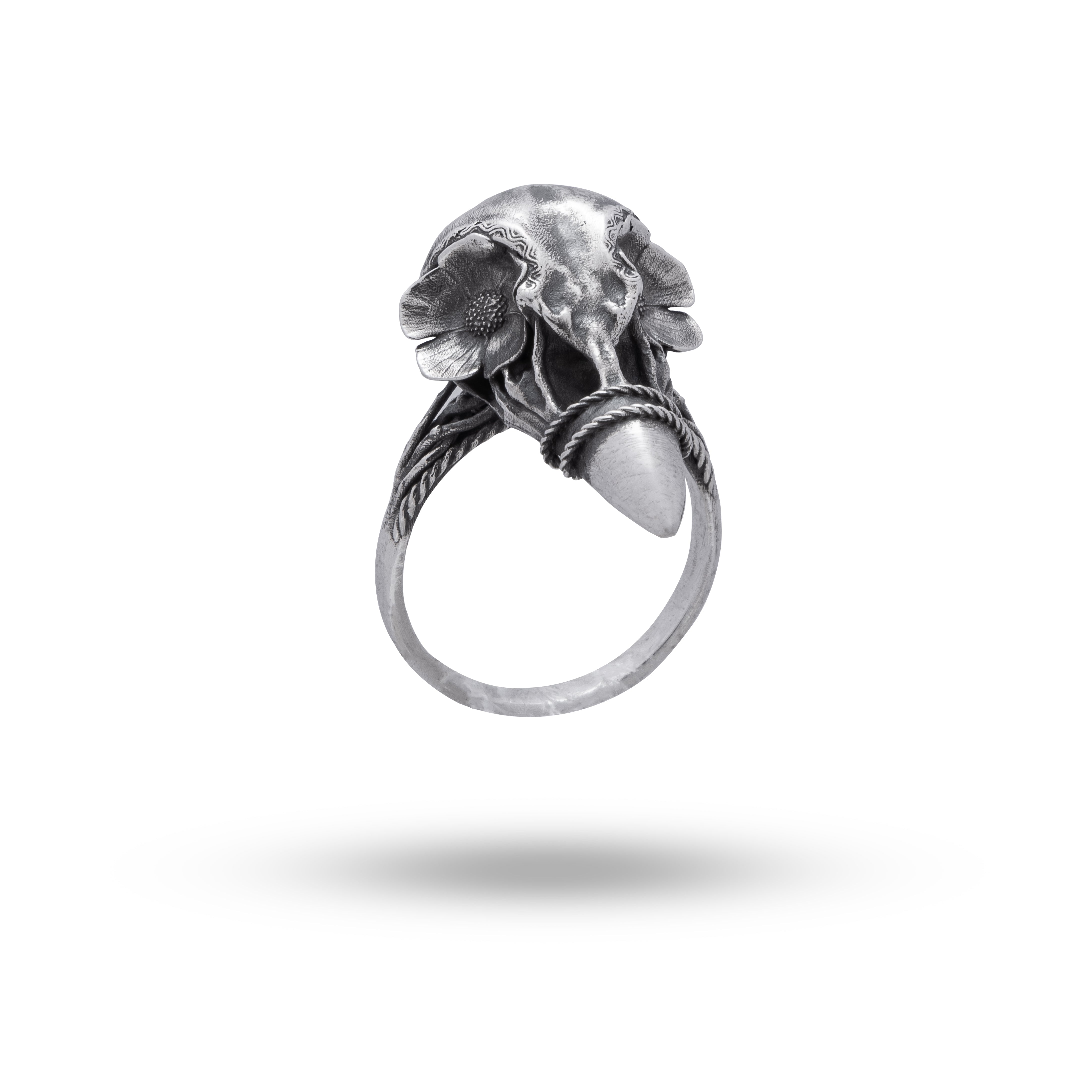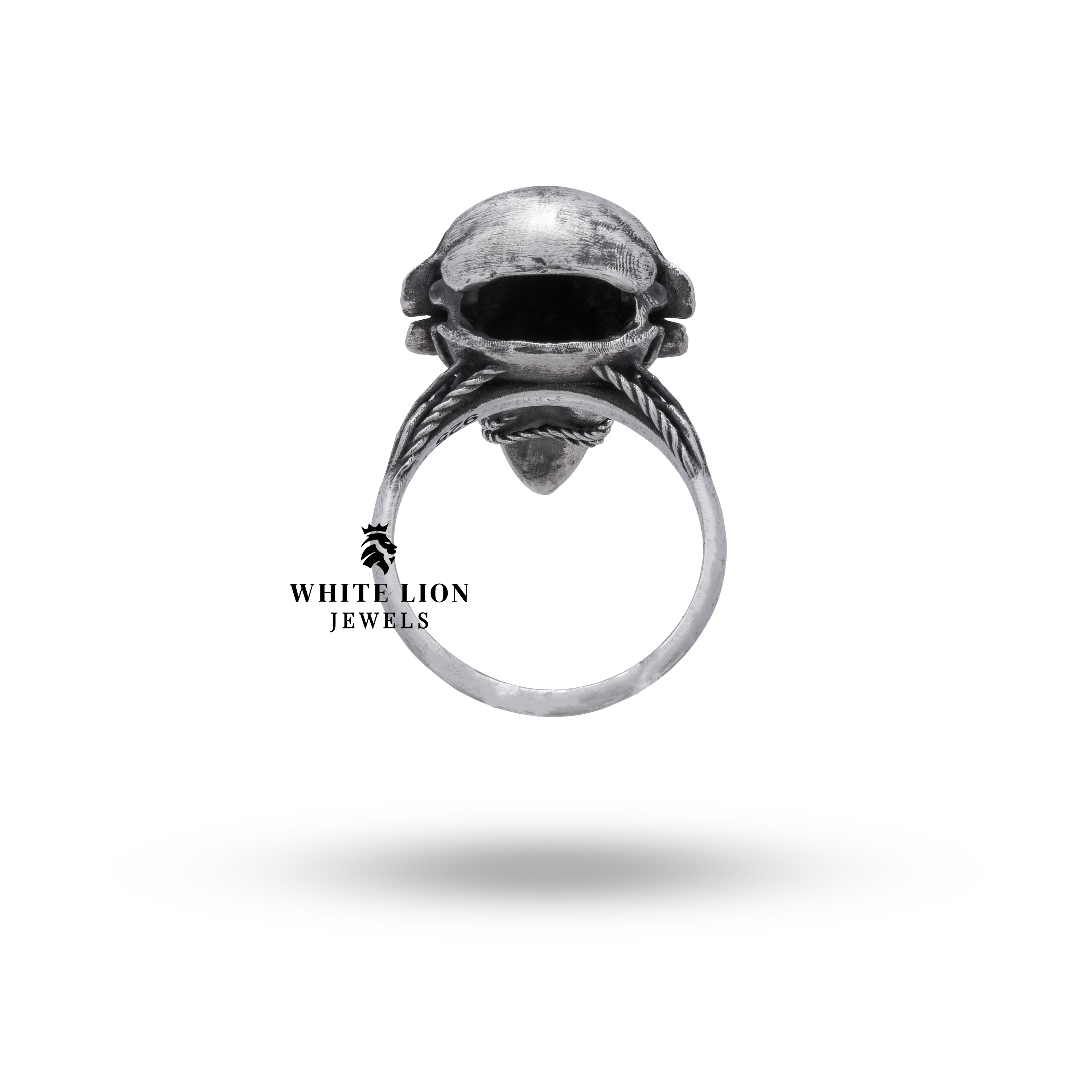
Oxidised Silver: The Vintage Trend Making a Comeback

In fashion's endless cycle of reinvention, some trends return with deeper meaning than before. Oxidised silver—once relegated to dusty antique shops and grandmother's forgotten jewellery boxes—has emerged as contemporary fashion's most compelling comeback story. This deliberately darkened metal, with its moody patina and artisanal soul, now graces both Mumbai street style and London runway shows, proving that authentic beauty transcends fleeting trends.
Understanding the Alchemy of Darkness
Oxidised silver begins its journey as pristine sterling silver, then undergoes intentional transformation through carefully controlled chemical processes. Artisans introduce sulphur compounds that create the characteristic blackened finish, turning bright metal into something altogether more mysterious and complex.
This isn't accidental tarnishing—it's deliberate artistry. The oxidation process highlights every texture, engraving, and raised detail with dramatic contrast. Where polished silver might flatten intricate work, oxidised finishes make each hammer mark, carved motif, and granulated surface sing with individual character.
The visual result creates jewellery that appears to carry stories within its very structure—pieces that look as though they've witnessed centuries of celebrations, ceremonies, and daily life whilst maintaining their essential beauty.
Ancient Roots, Contemporary Branches
Oxidised silver jewellery carries a profound heritage across Indian traditions. From Gujarat's tribal communities to Rajasthan's desert artisans, generations have perfected techniques that create distinctive regional characteristics. South Indian temple jewellery often features oxidised elements that emphasise religious motifs, whilst tribal communities have long appreciated the finish's practical durability alongside its aesthetic appeal.
Traditional craftspeople employ time-honoured methods—hand-beating silver into organic shapes, engraving intricate patterns with specialised tools, creating granulated textures through patient bead application—before applying oxidation that transforms their work into something timeless. Each region contributes its own design vocabulary: Gujarat's geometric precision, Rajasthan's folk-inspired motifs, or South India's spiritual symbolism.
This rich heritage provides contemporary designers with an incredible foundation for innovation, allowing them to honour traditional techniques whilst exploring modern applications.
The Renaissance of Dark Elegance
Several cultural shifts have converged to fuel oxidised silver's dramatic comeback. In our Instagram-saturated world, where high-polish jewellery can appear flat and unremarkable in photographs, oxidised silver's textural depth and dramatic contrast create images that command attention.
The vintage aesthetic movement celebrates pieces that carry authentic character rather than manufactured perfection. Young consumers particularly appreciate jewellery that tells stories—whether through inherited family pieces or new creations that deliberately evoke historical craftsmanship.
Versatility drives much of oxidised silver's appeal. The same statement jhumkas that complement traditional lehengas look equally striking with contemporary minimalist dresses. This cross-cultural adaptability makes oxidised silver particularly valuable for internationally mobile lifestyles where single pieces must work across various cultural contexts.
Accessibility remains crucial—oxidised silver offers sophisticated style without the investment required for gold or precious gemstones. This democratisation of beautiful jewellery allows experimentation and collection-building that higher-priced alternatives might prohibit.
Environmental consciousness also influences the trend. Many contemporary artisans use recycled silver and environmentally responsible oxidation processes, appealing to consumers who prioritise sustainability alongside style.
Contemporary Expressions of Ancient Art
Modern designers approach oxidised silver with fresh perspectives whilst respecting traditional foundations. Oversized statement pieces—dramatic chokers, sculptural cuffs, chandelier earrings—embrace the finish's bold character whilst incorporating contemporary proportions and silhouettes.
The layering trend finds perfect expression in oxidised silver, where multiple pieces create textural symphonies impossible with uniform finishes. Mix oxidised bangles with polished bracelets, layer darkened chains with bright pendants, or stack oxidised rings with gemstone bands for combinations that celebrate contrast.
Minimalist interpretations prove equally compelling. Geometric oxidised earrings, sleek darkened cuffs, or simple oxidised chains demonstrate that the finish enhances rather than overwhelms subtle designs. These pieces offer sophistication for those who prefer understated elegance whilst maintaining oxidised silver's distinctive character.
Contemporary fusion pieces combine oxidised silver with unexpected materials—coloured stones, enamel accents, or even contemporary materials like ceramic or wood—creating jewellery that speaks to global aesthetics whilst maintaining cultural authenticity.
The Practical Beauty of Deliberate Patina
Beyond aesthetic appeal, oxidised silver offers practical advantages that contribute to its popularity. The intentional darkening creates surfaces naturally resistant to additional tarnishing—the finish that destroys other silver jewellery actually protects oxidised pieces.
This durability makes oxidised silver ideal for daily wear. While polished silver demands frequent cleaning and careful storage, oxidised pieces maintain their intended appearance with minimal maintenance. The finish actually improves with wear, developing a richer patina that adds character rather than detracting from beauty.
Caring for Your Dark Treasures
Oxidised silver requires different care than traditional bright silver. Avoid polishing cloths or commercial silver cleaners that might remove the intentional patina. Instead, clean gently with soft, dry cloths that remove surface dust without disturbing the finish.
Store pieces separately to prevent scratching, and protect from excessive moisture or direct sunlight that might affect the oxidation. When necessary, mild soap and water provide adequate cleaning, but avoid abrasive materials that could damage the carefully created surface.
The Emotional Connection
Perhaps oxidised silver's greatest appeal lies in its emotional resonance. These pieces feel connected to something larger than fashion—they carry the weight of tradition, the mark of human hands, and the beauty that comes from embracing imperfection rather than pursuing mechanical precision.
In our increasingly digital world, oxidised silver jewellery provides a tangible connection to ancient crafts and timeless aesthetics. Each piece serves as a small rebellion against mass production, celebrating instead the irregular beauty that comes from genuine artisanship.
Embracing the Dark Side
Oxidised silver's revival represents more than fashion cycles—it reflects deeper cultural appreciation for authenticity, heritage, and individual expression. As contemporary style continues embracing pieces with genuine character over manufactured perfection, oxidised silver stands perfectly positioned to remain relevant and beloved.
Whether you're drawn to dramatic statement pieces that honour traditional craftsmanship or seeking subtle contemporary designs with vintage soul, oxidised silver offers endless possibilities for personal expression. At White Lion Jewels, we celebrate this remarkable finish through pieces that honour its heritage whilst embracing contemporary innovation.





